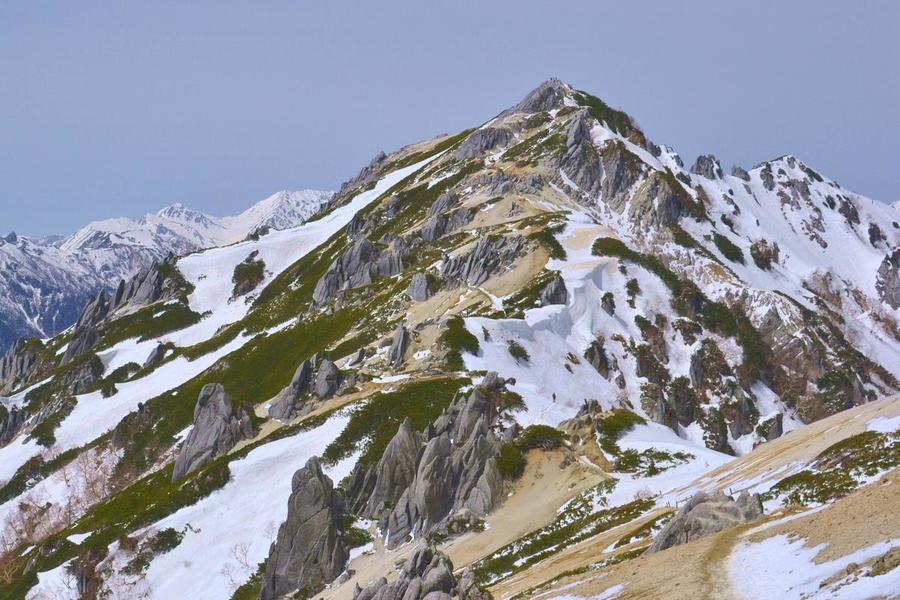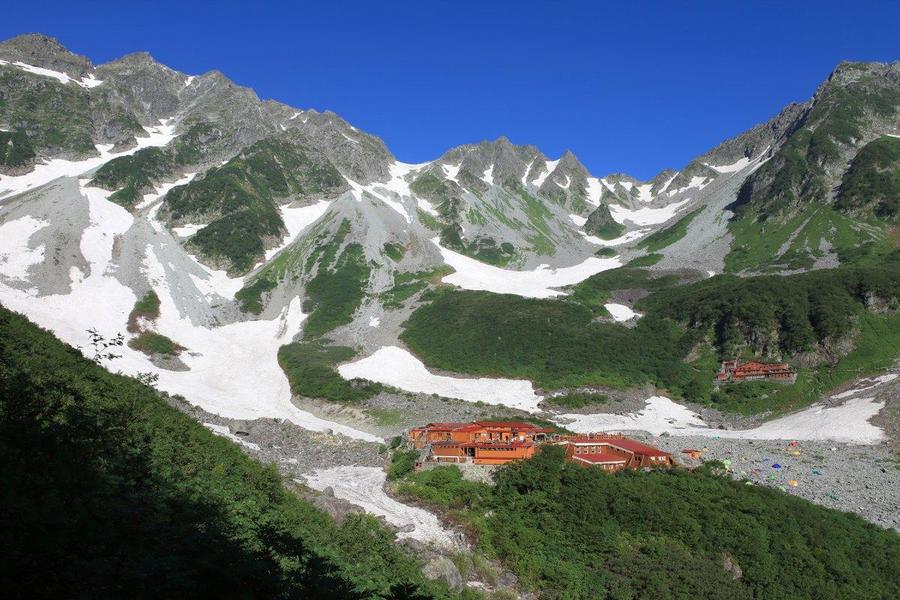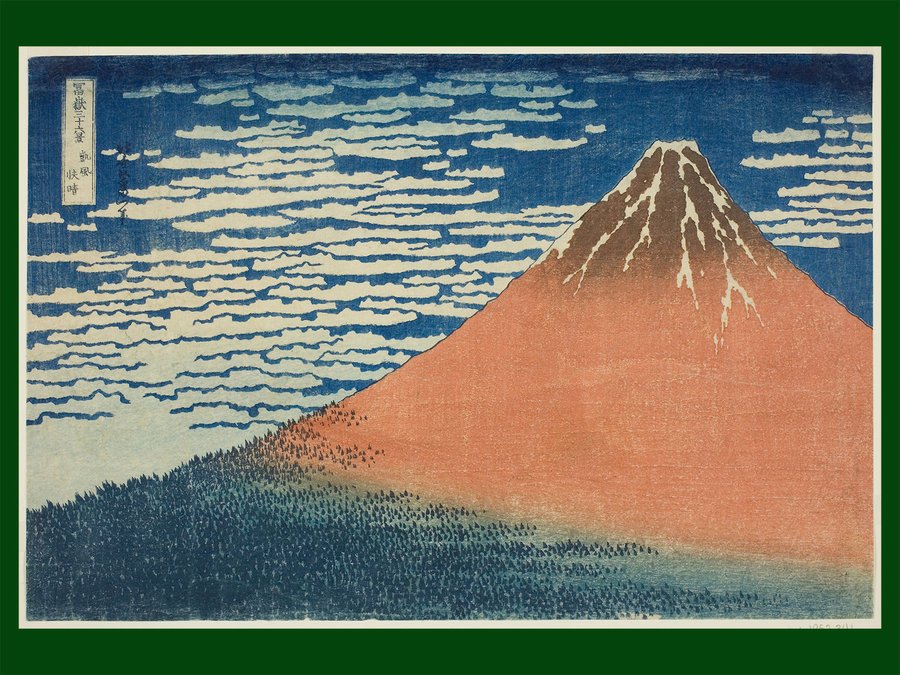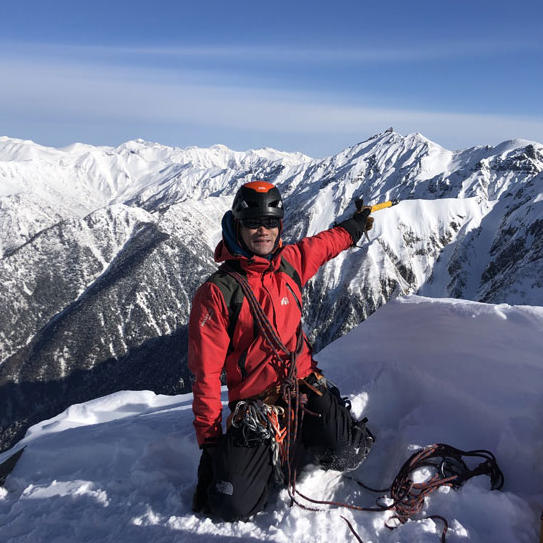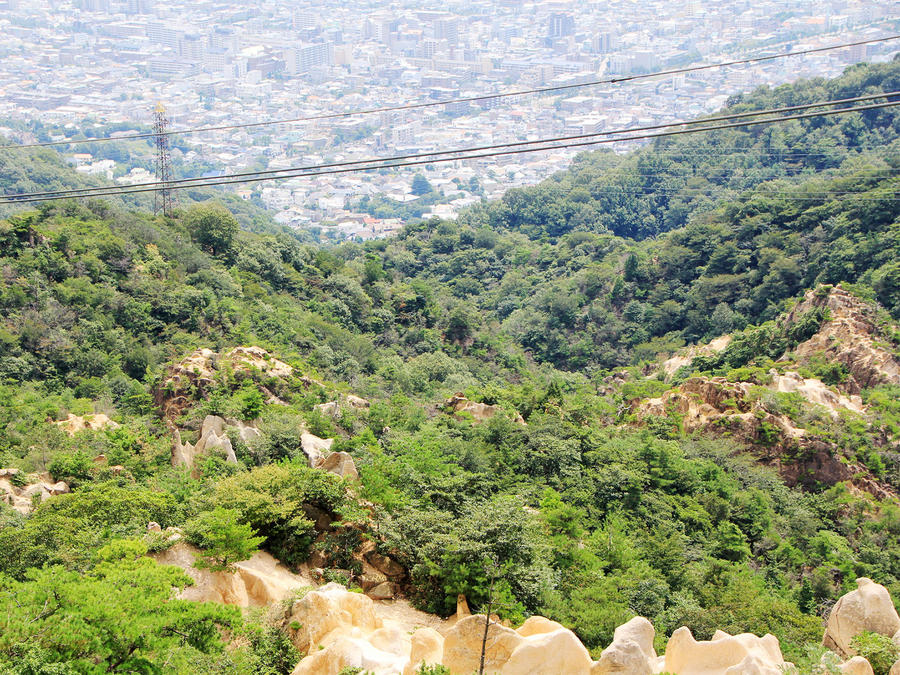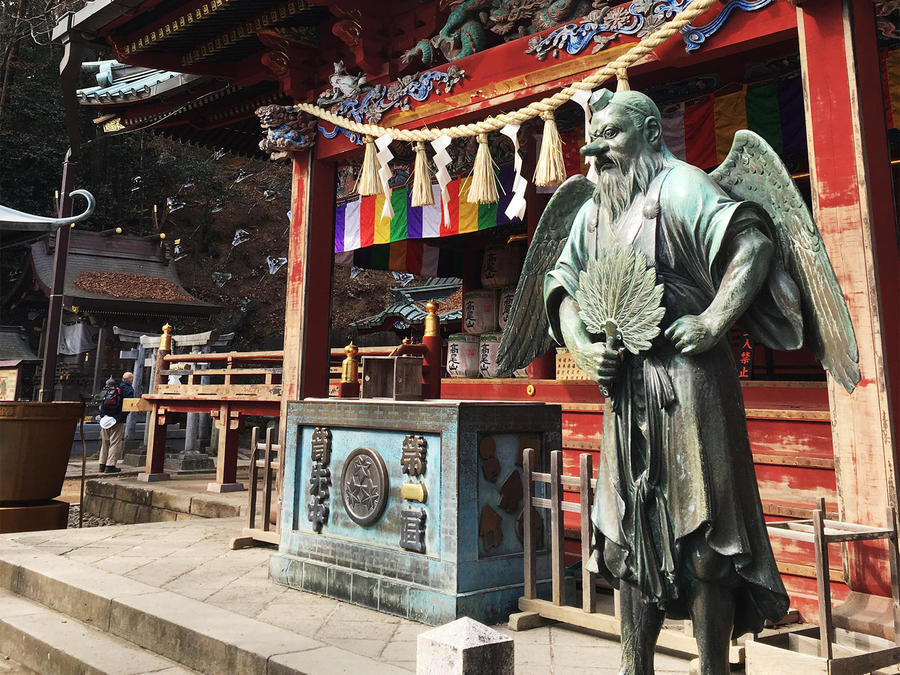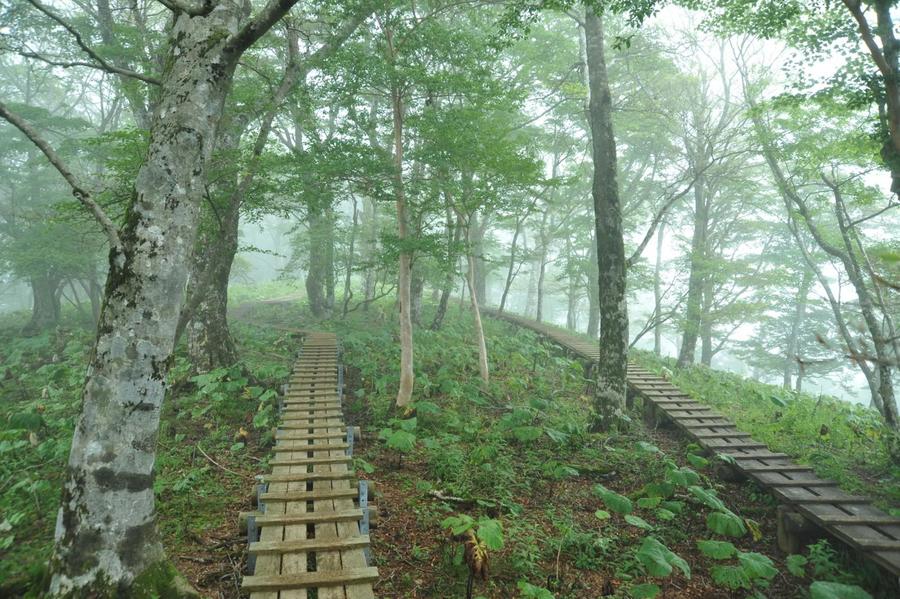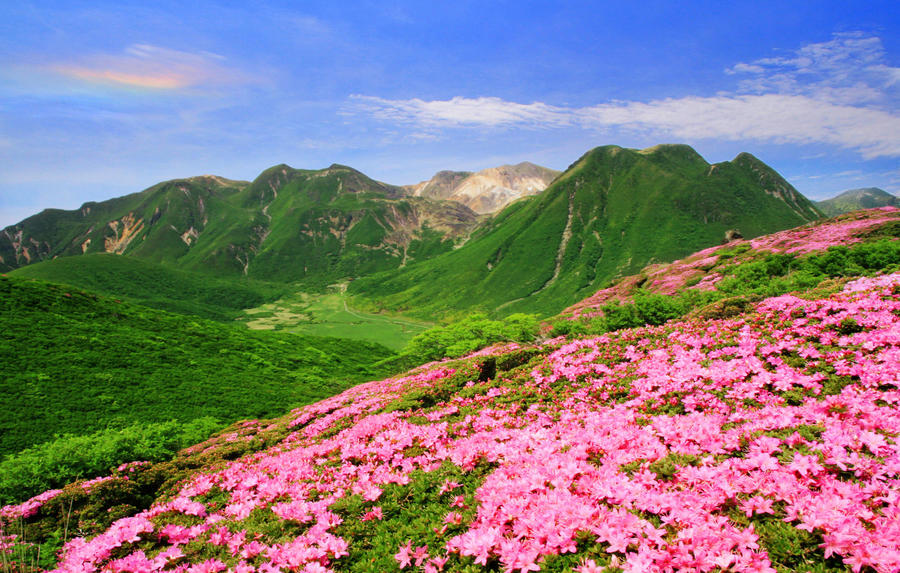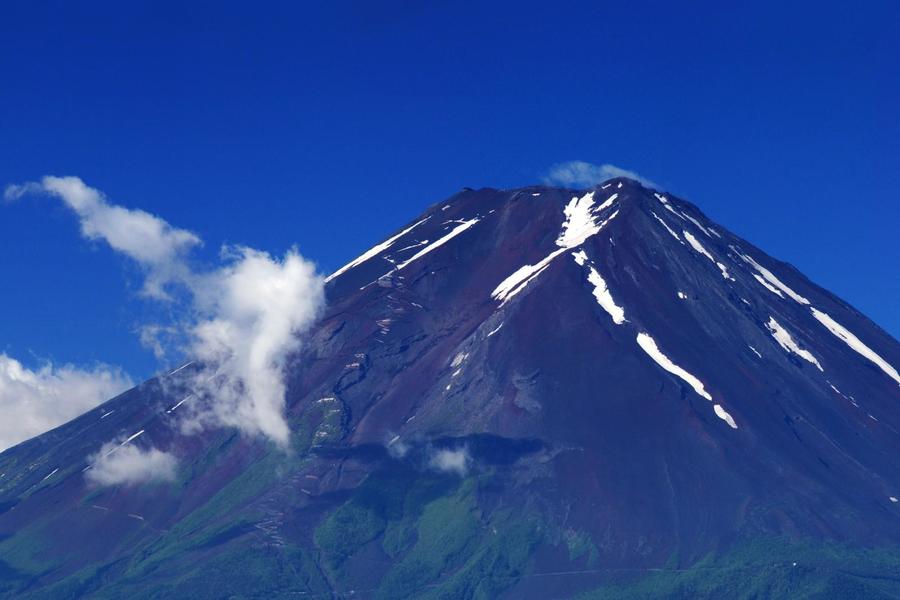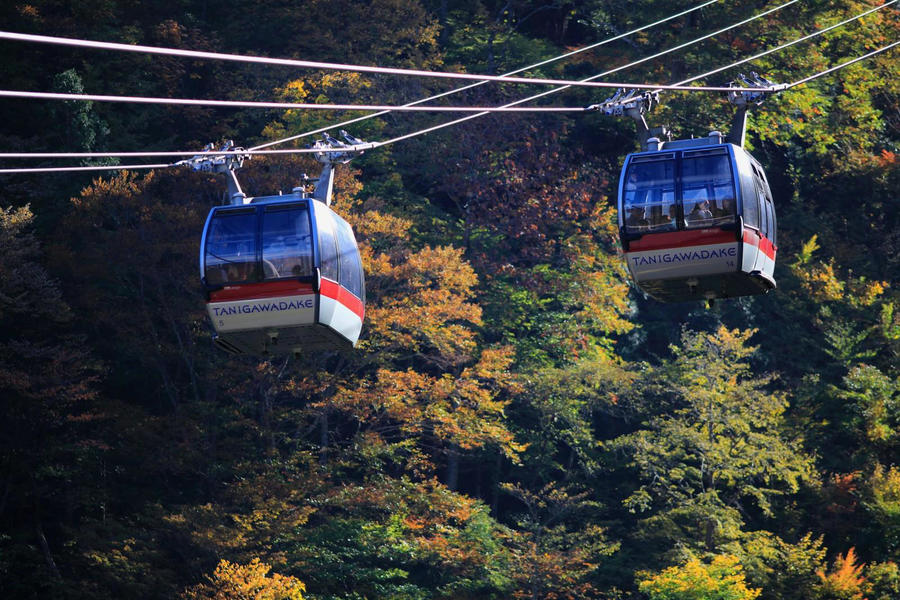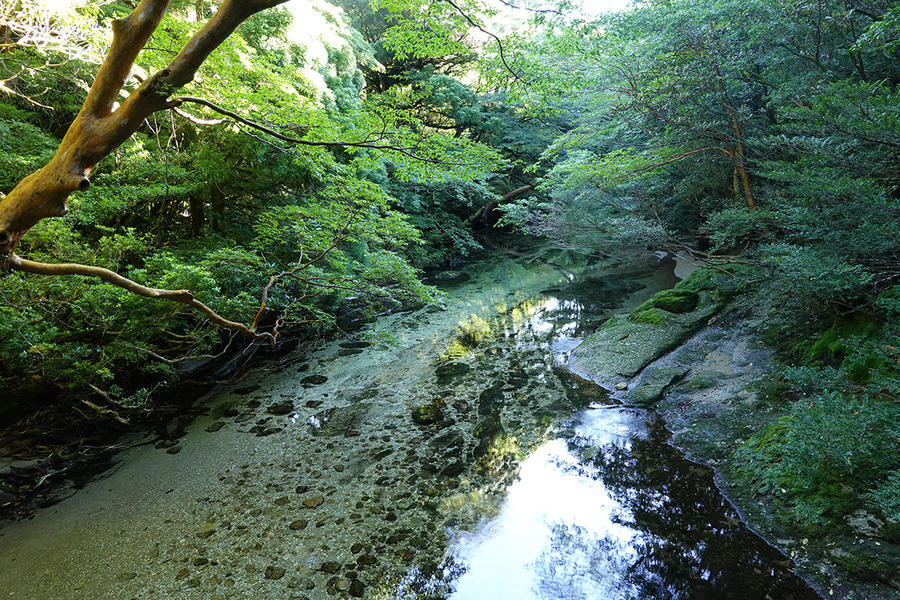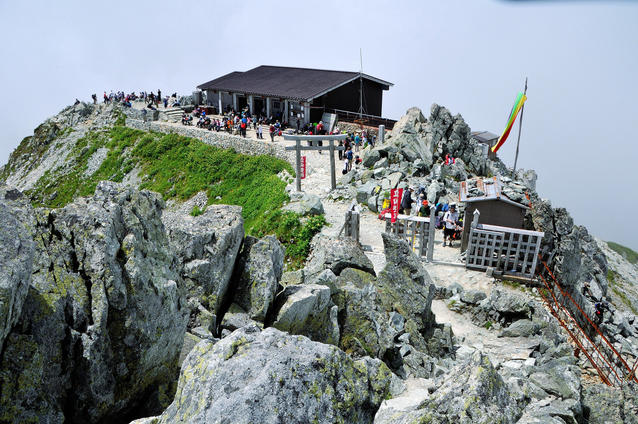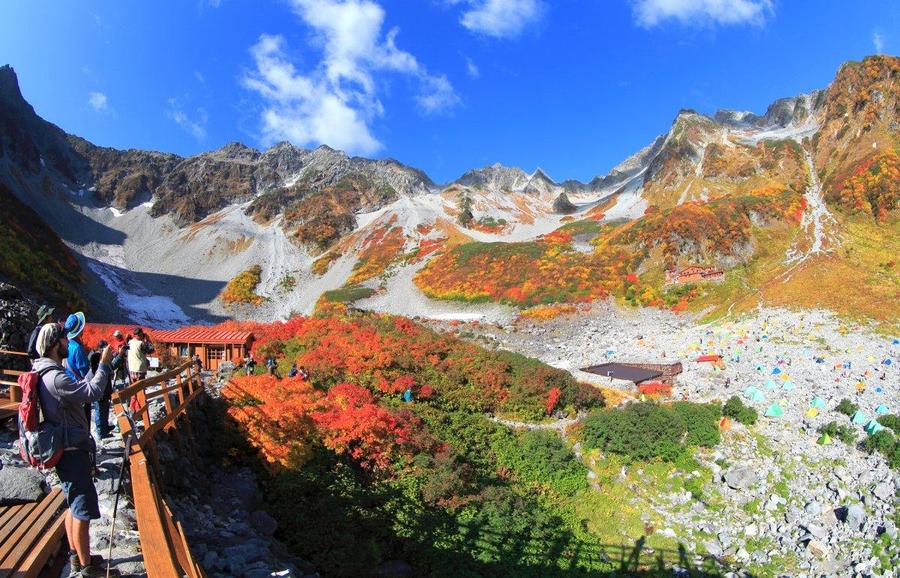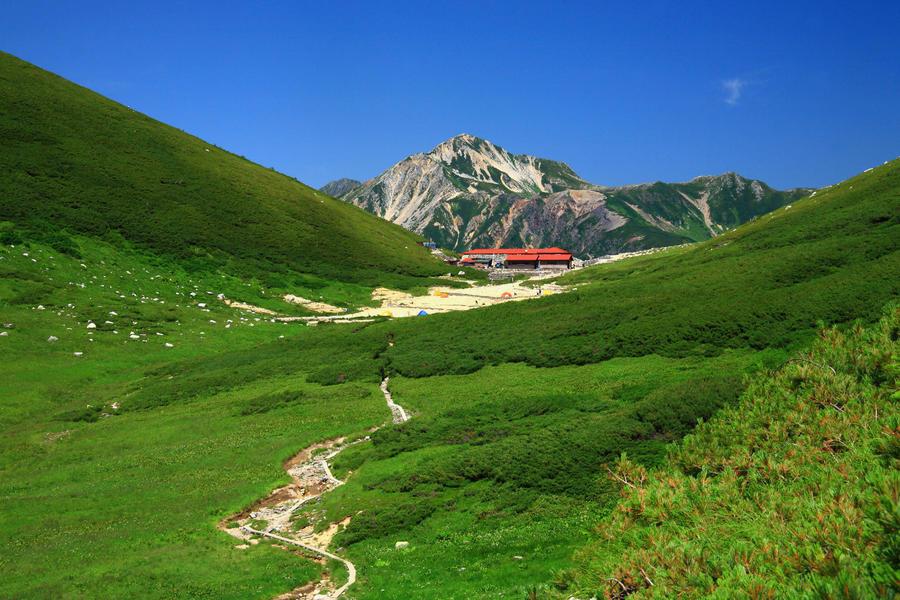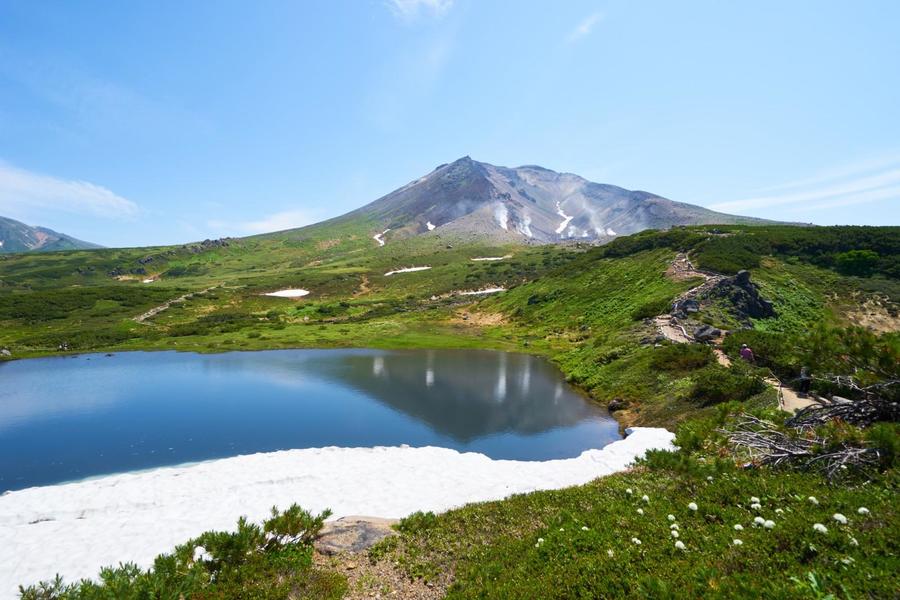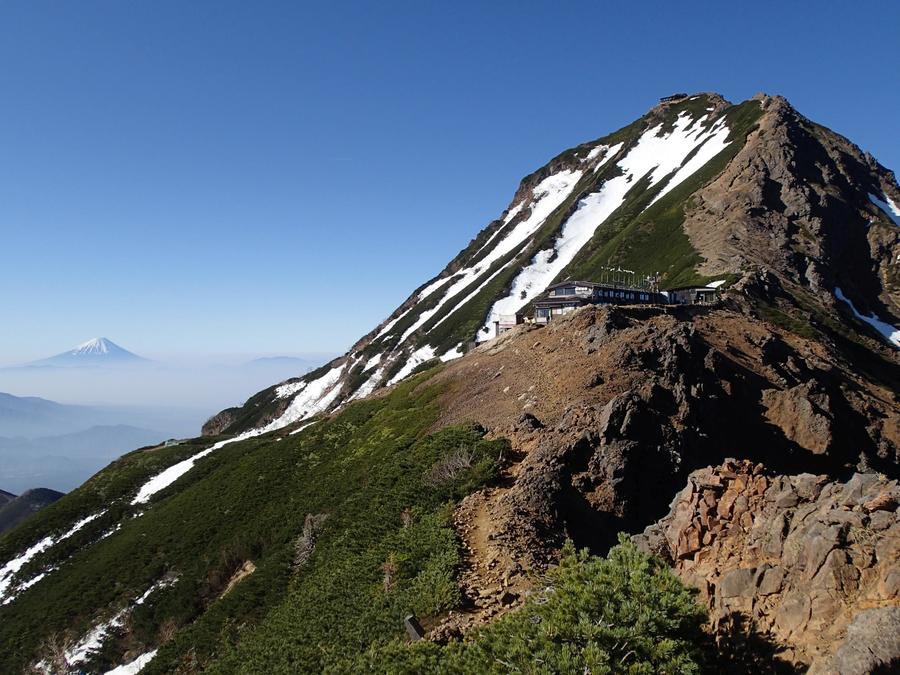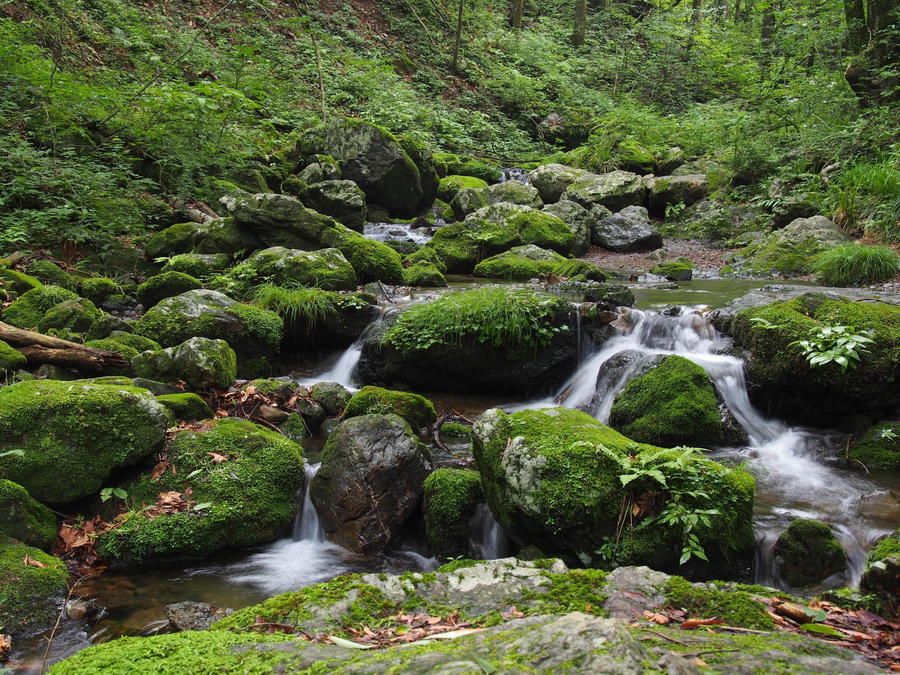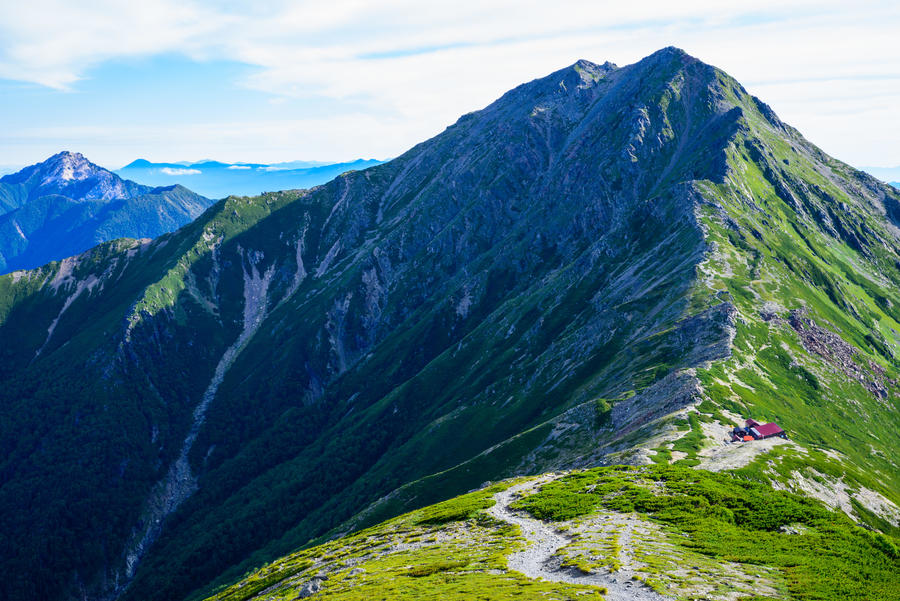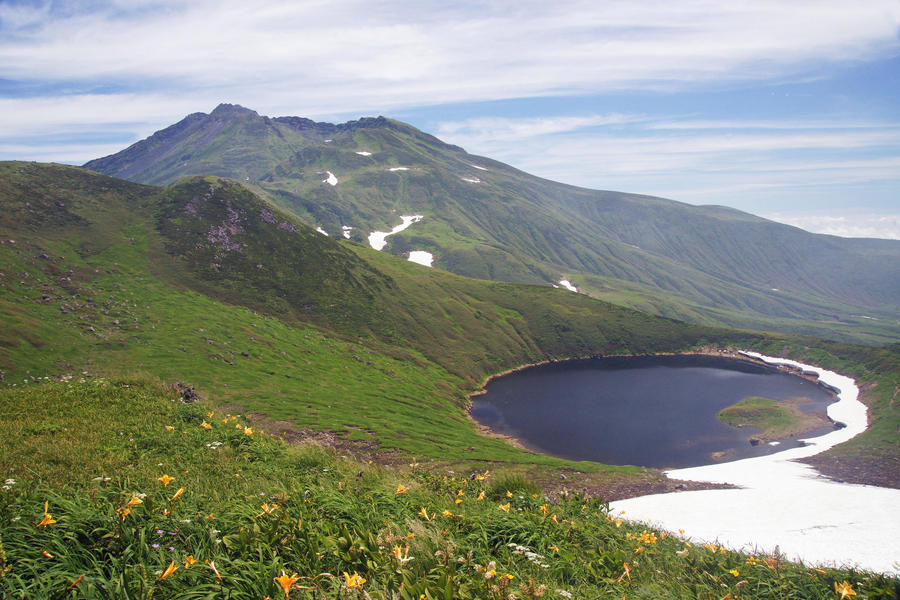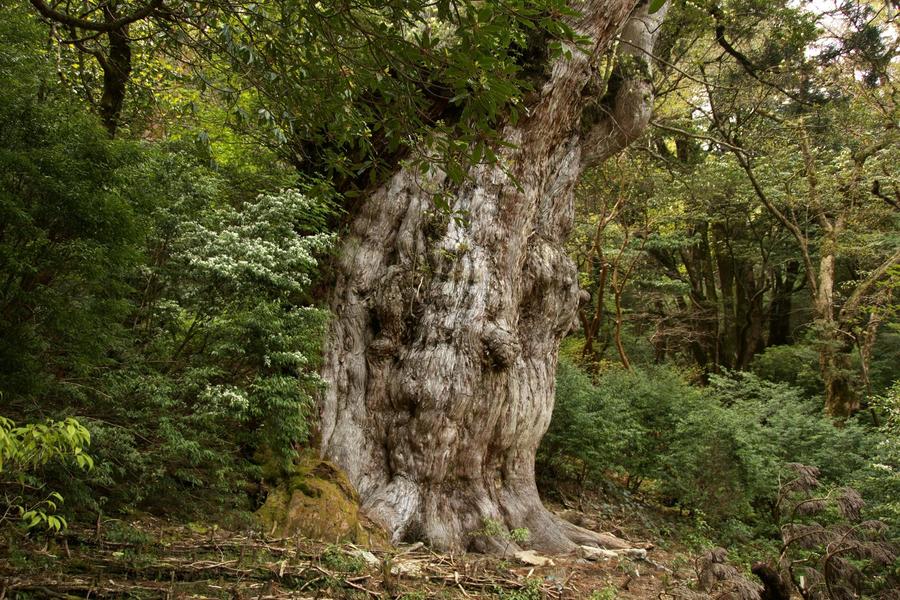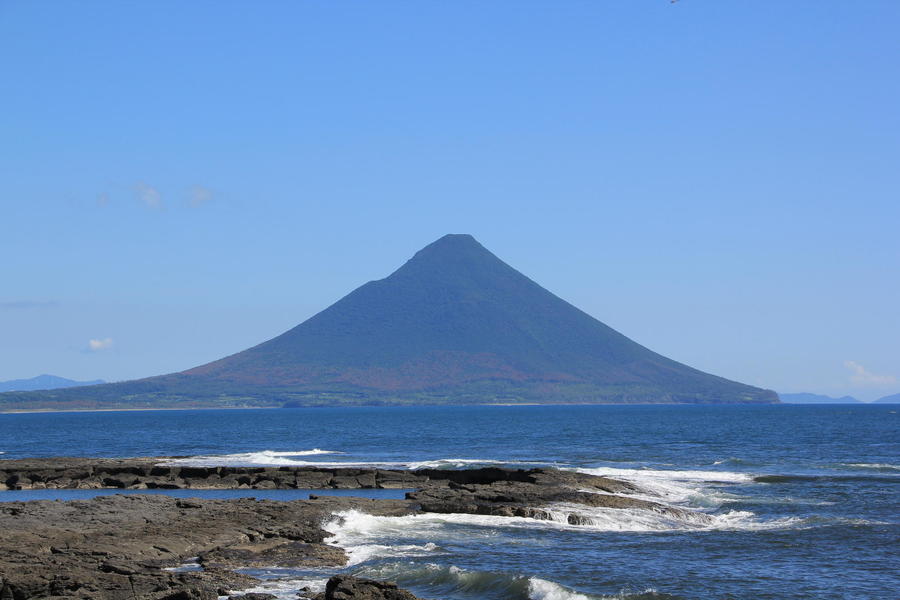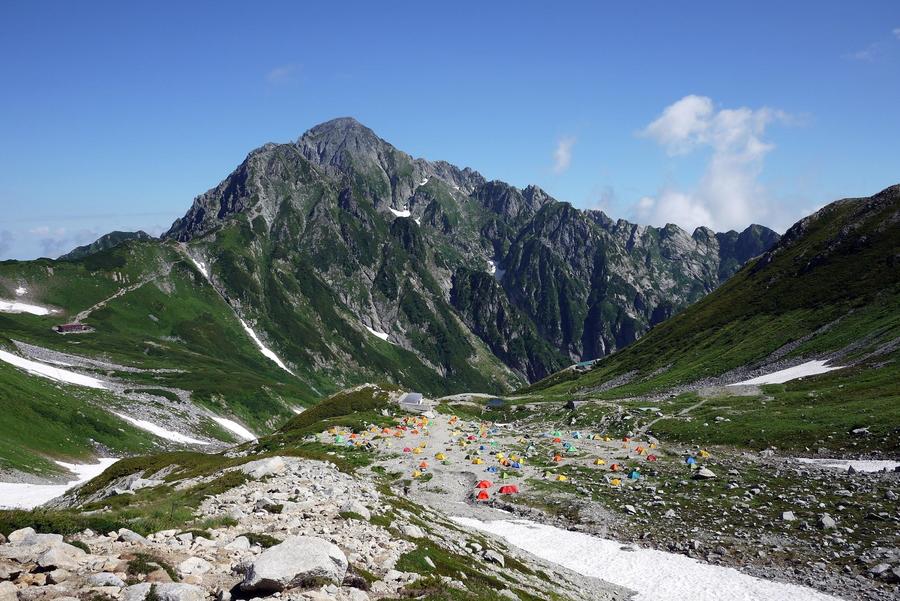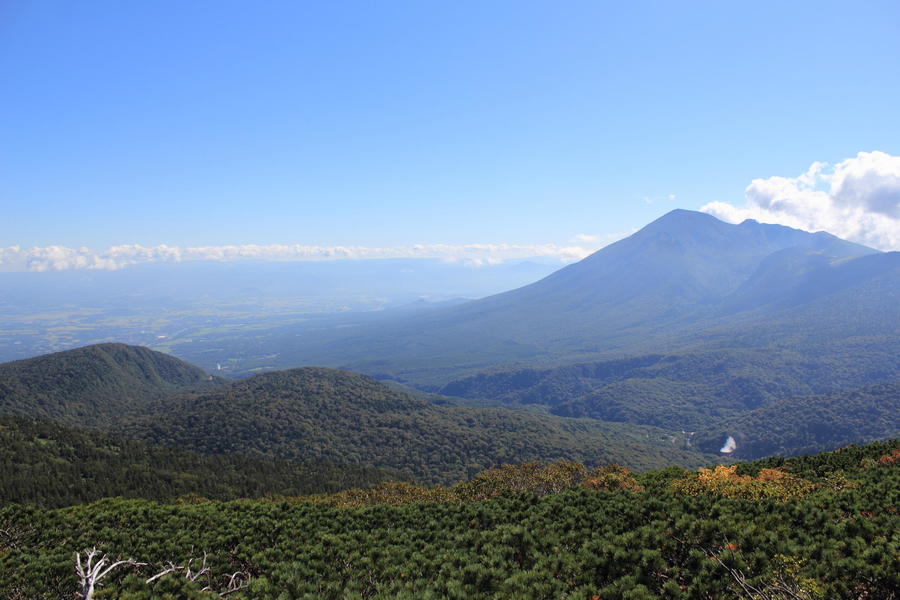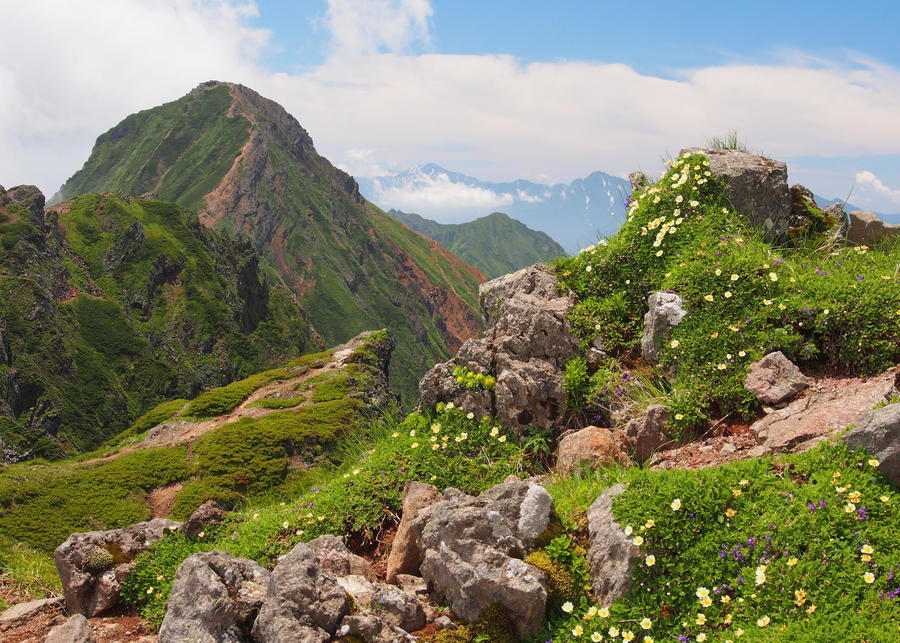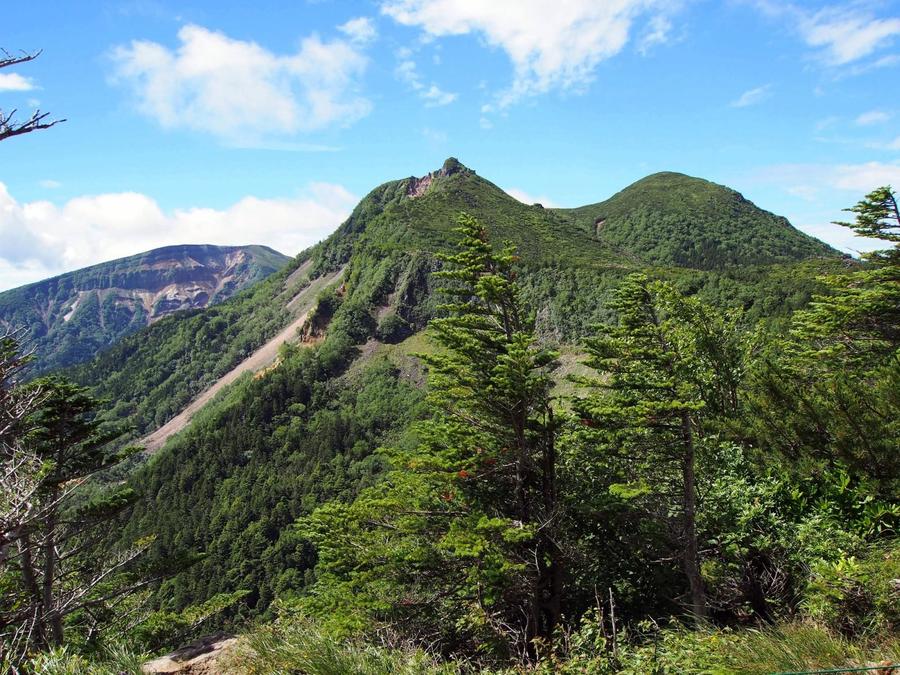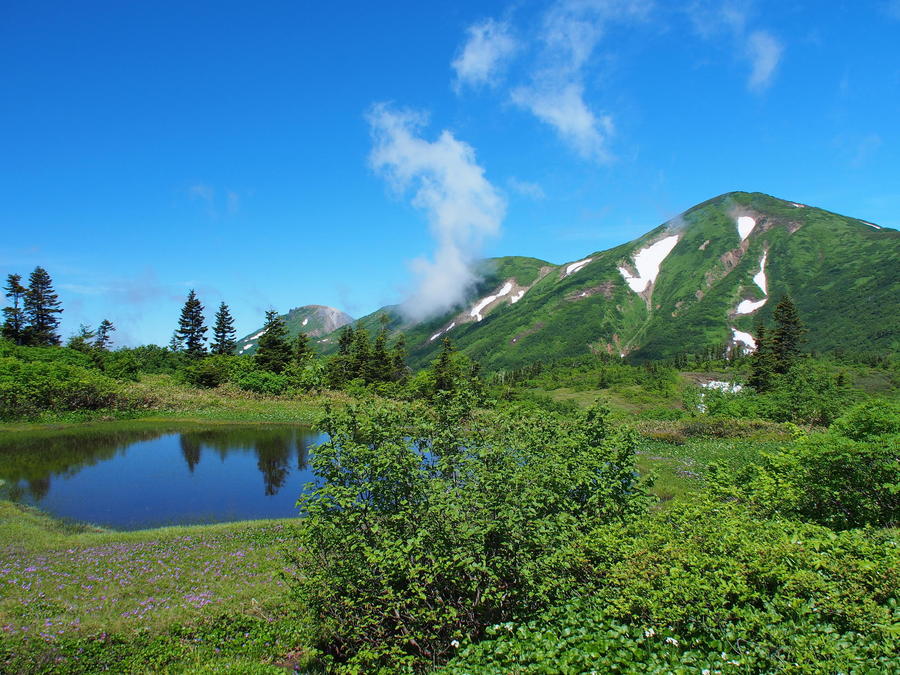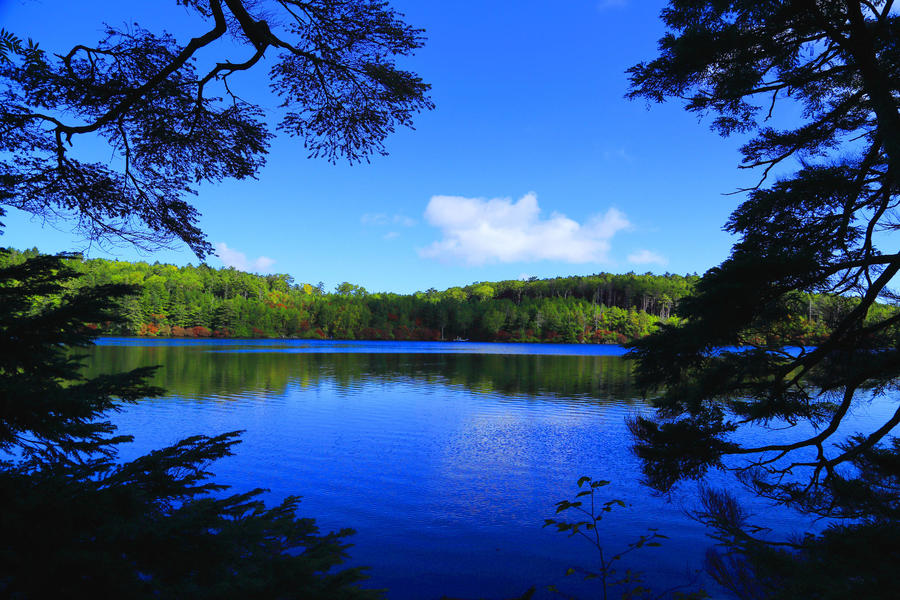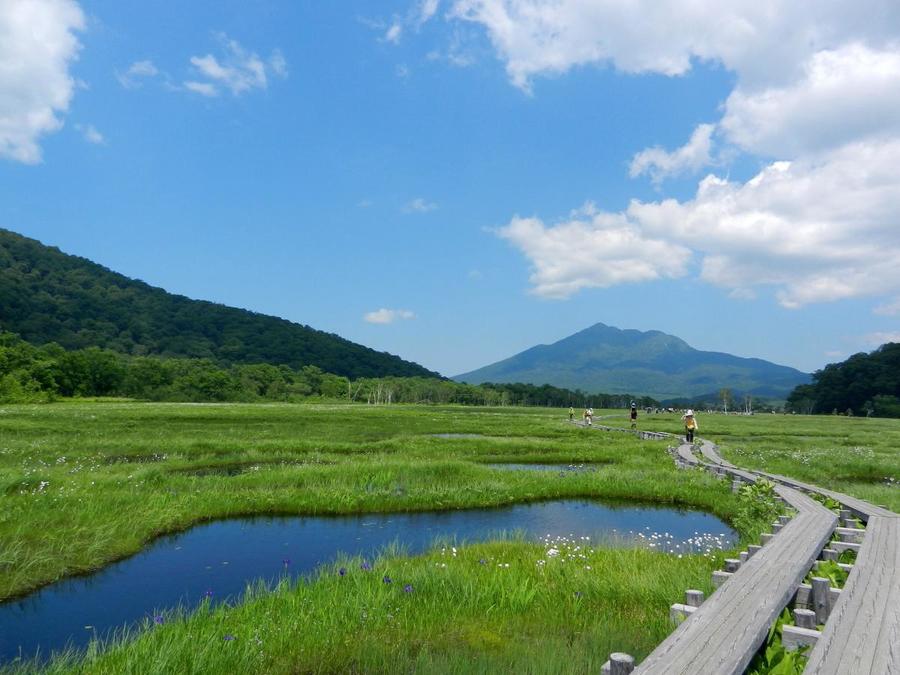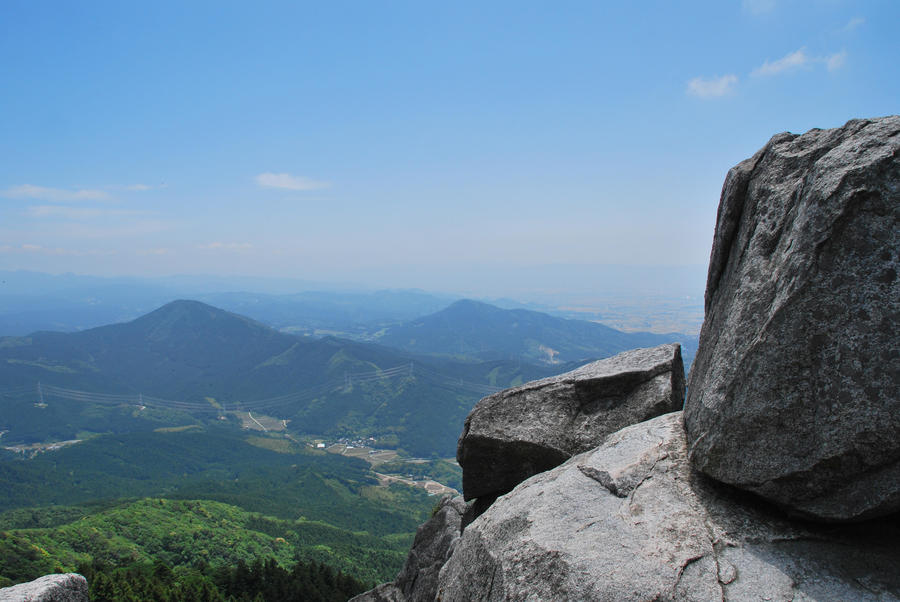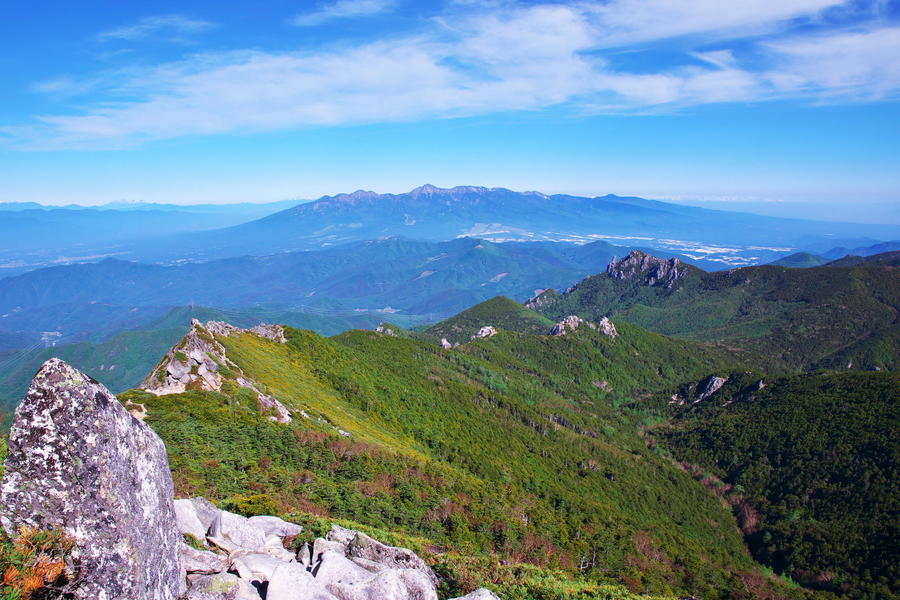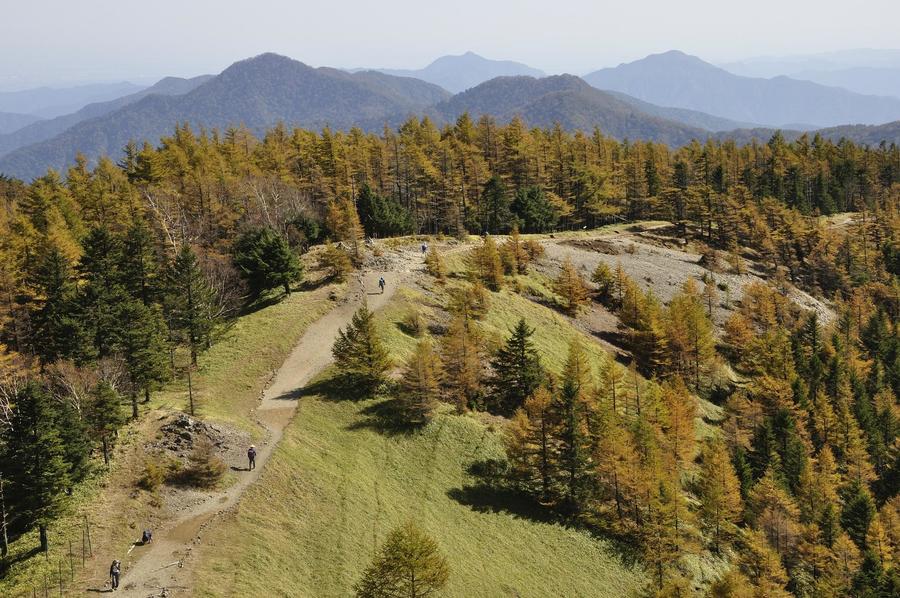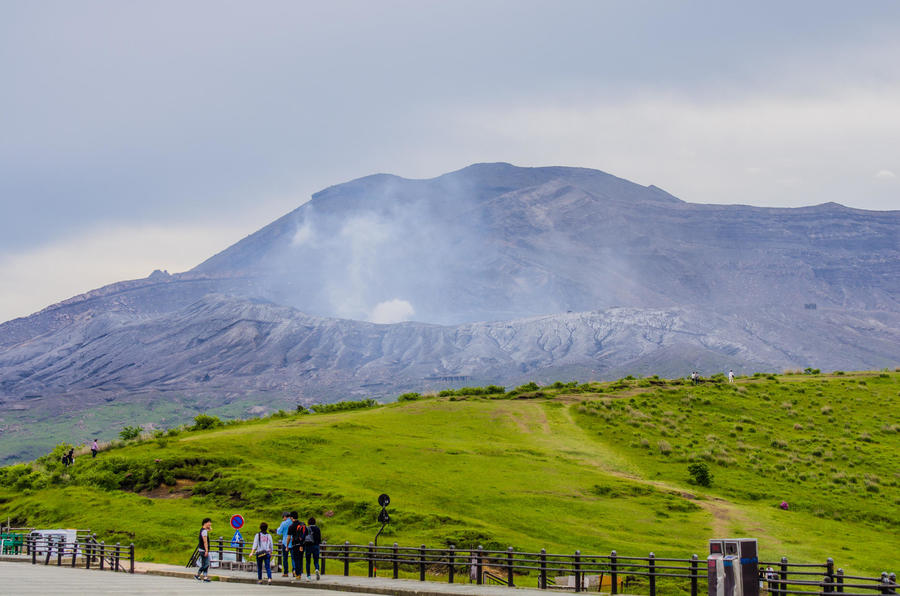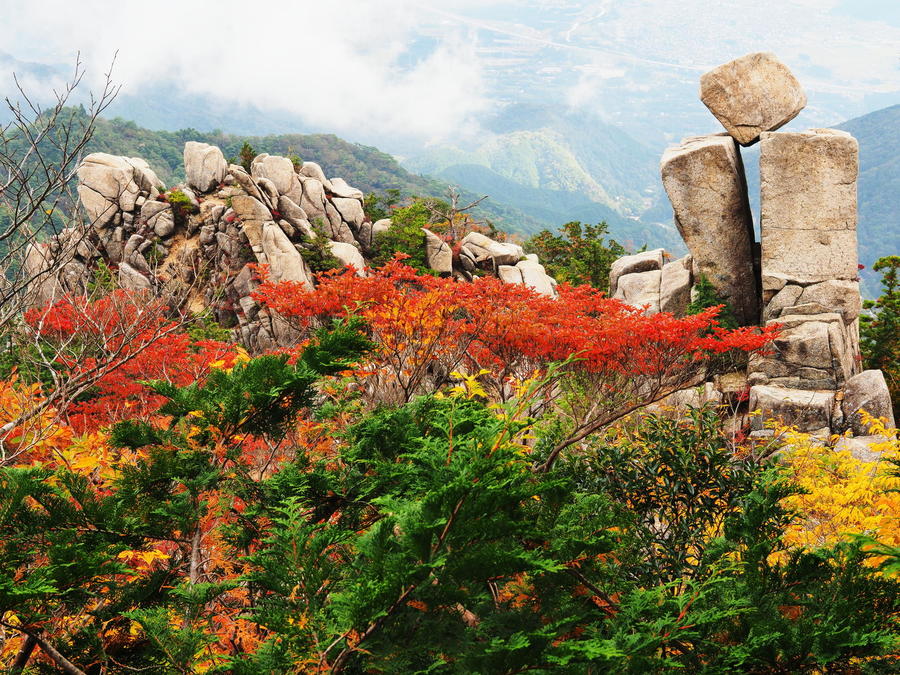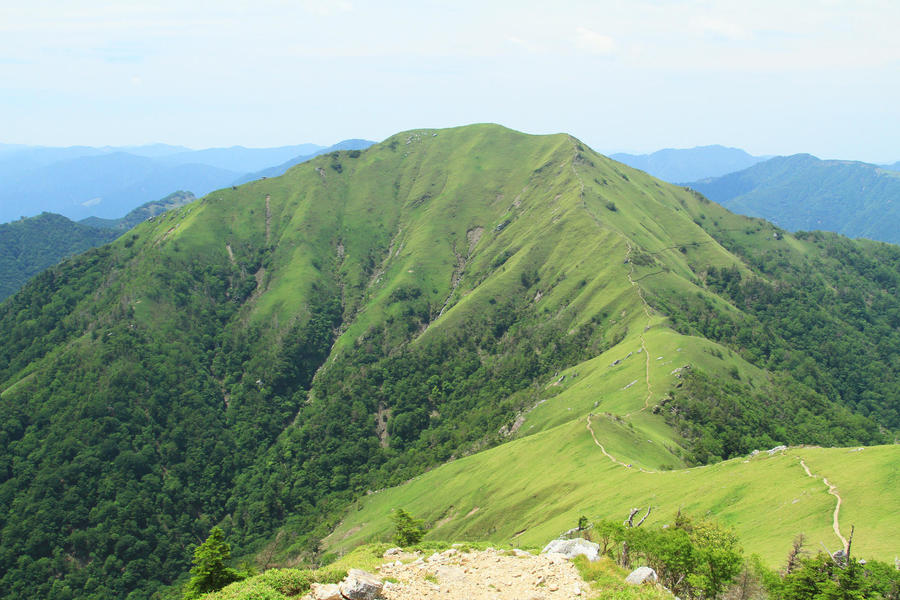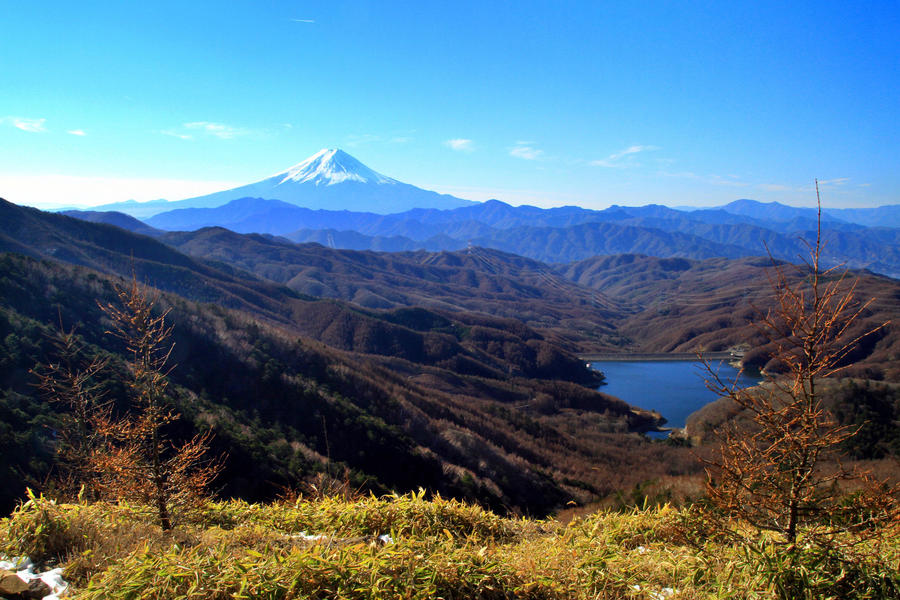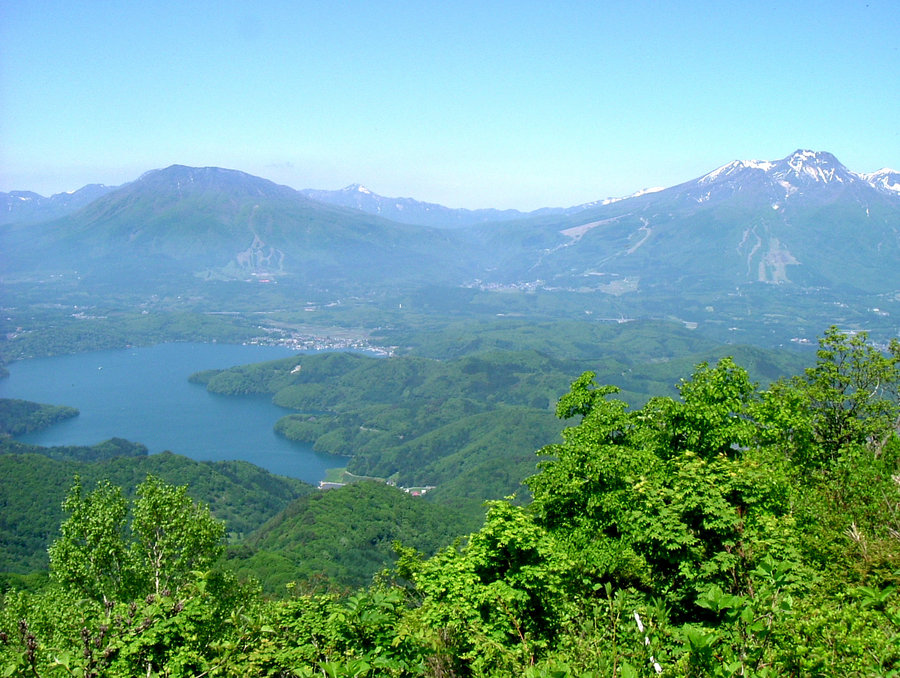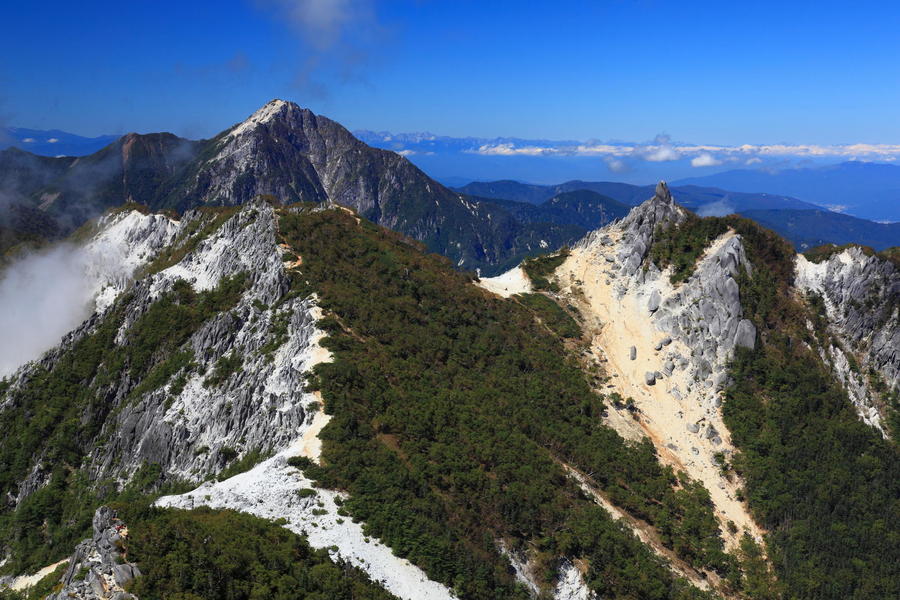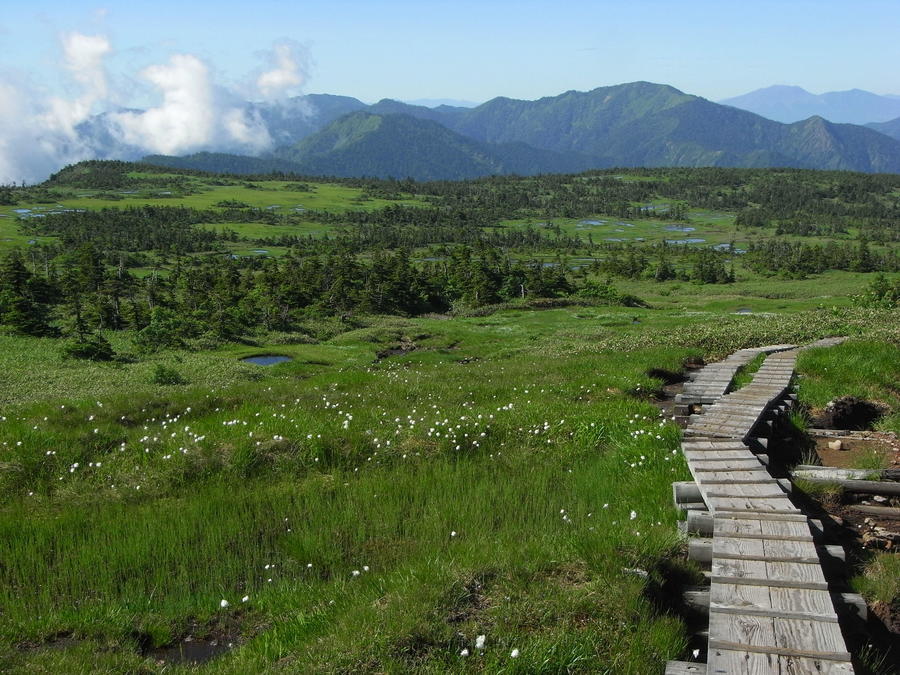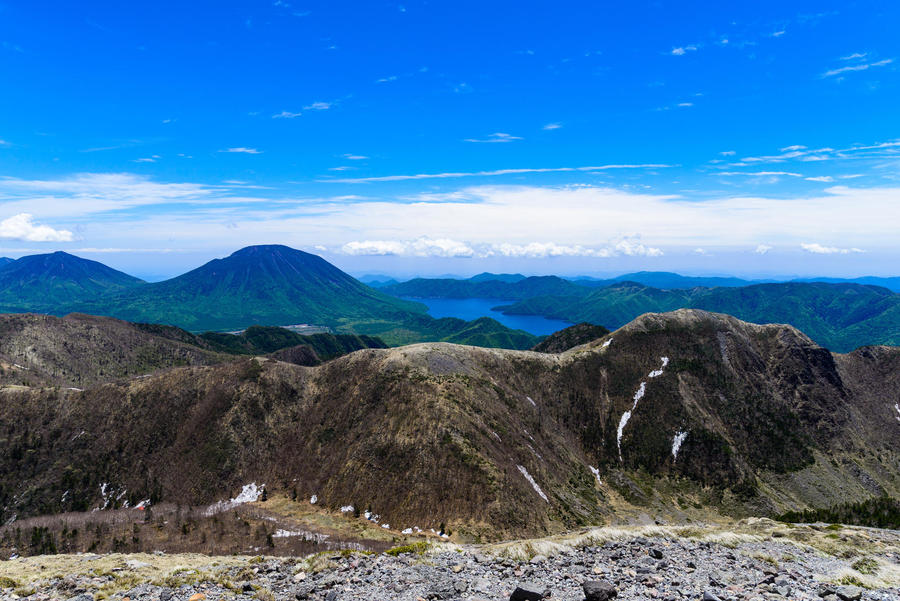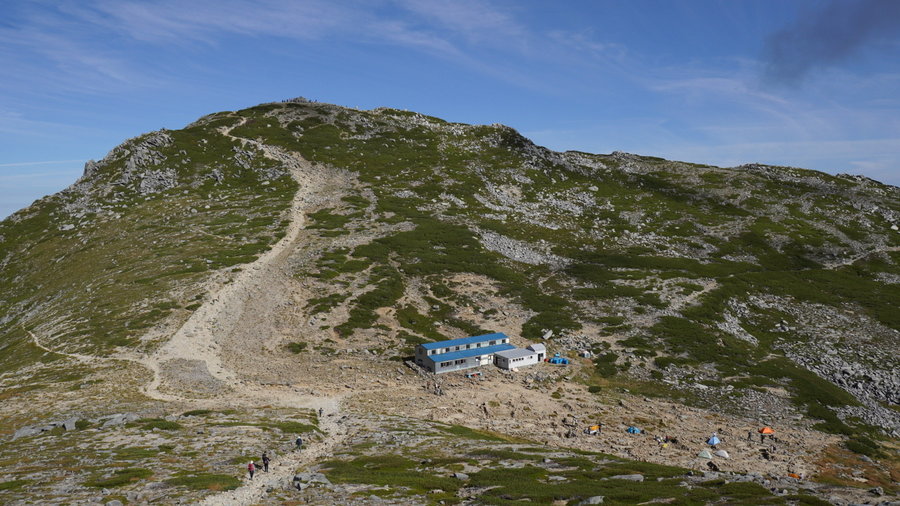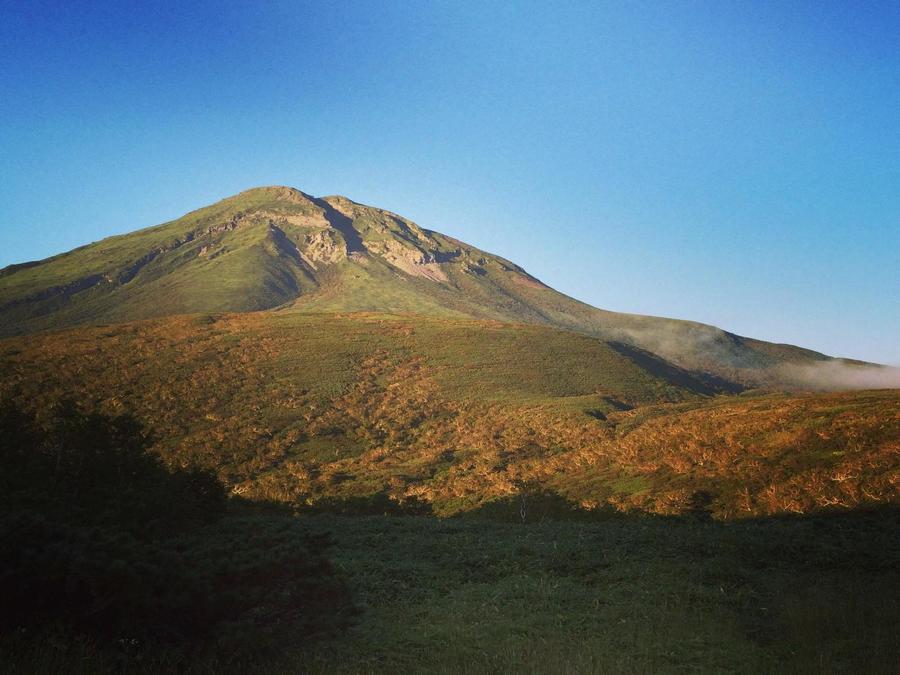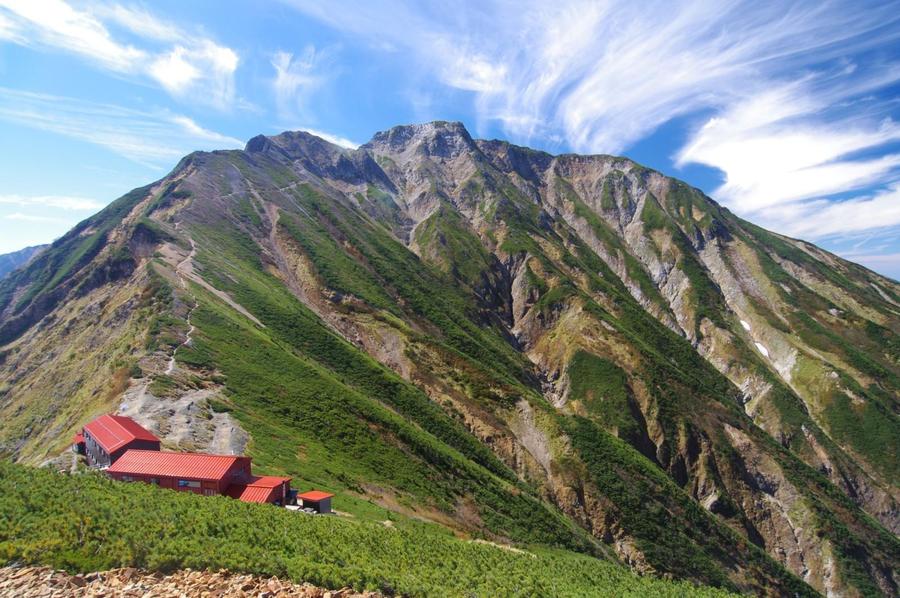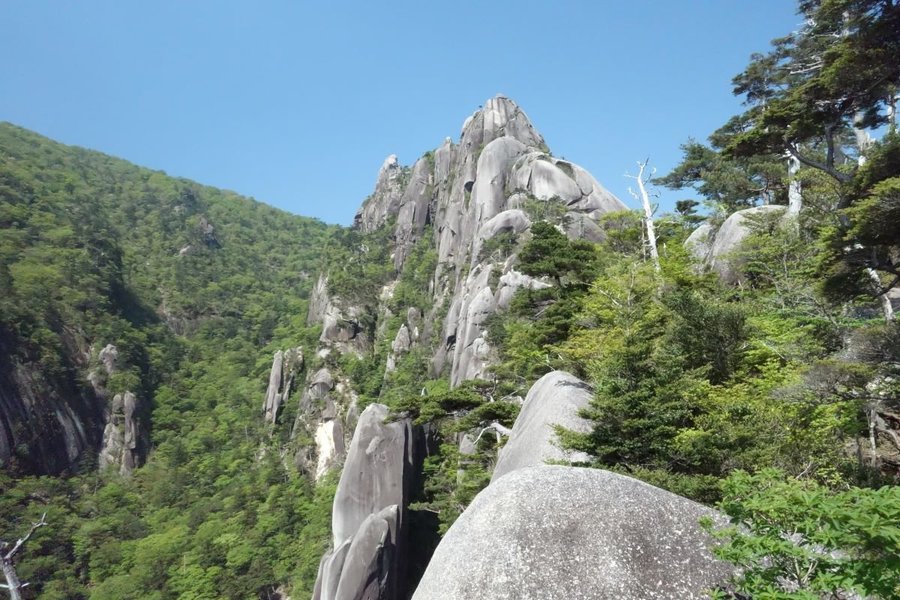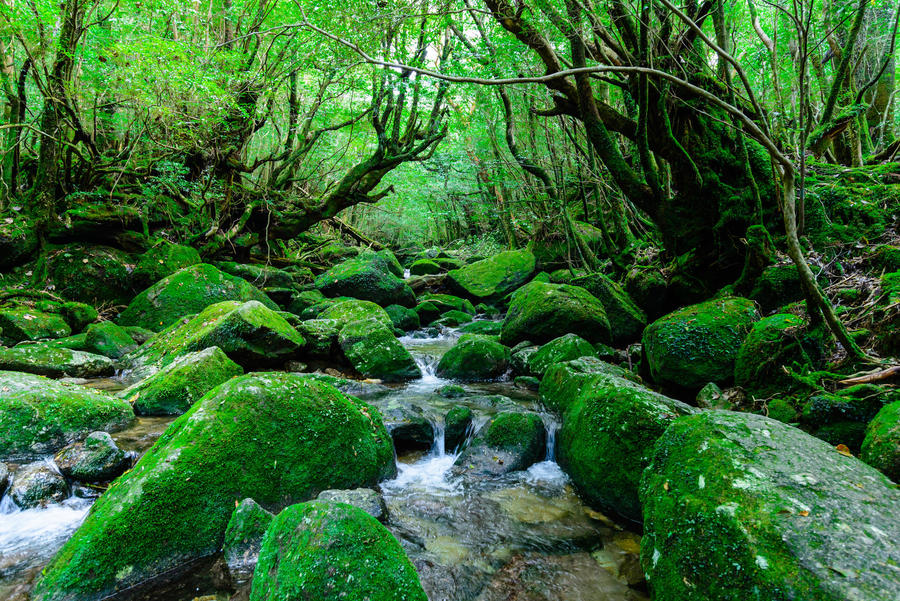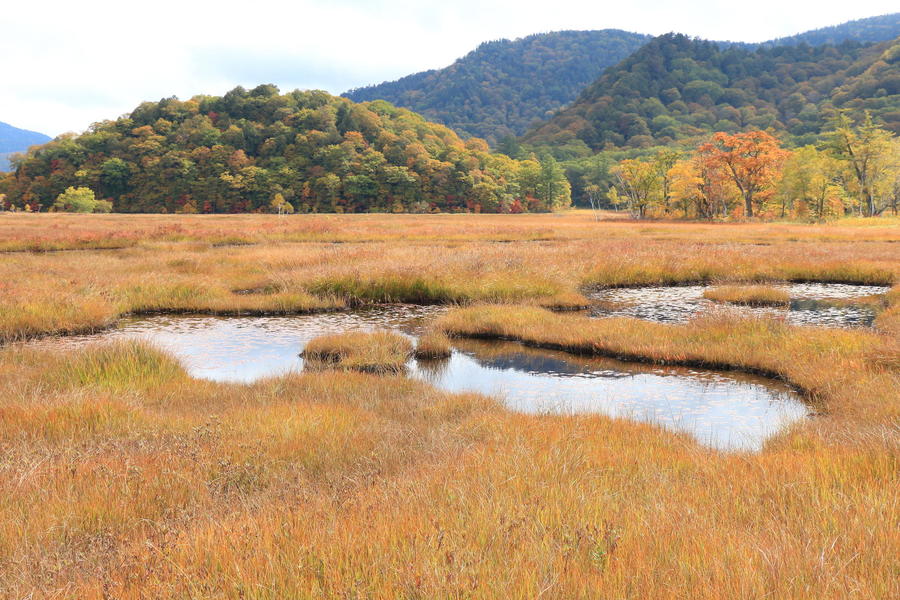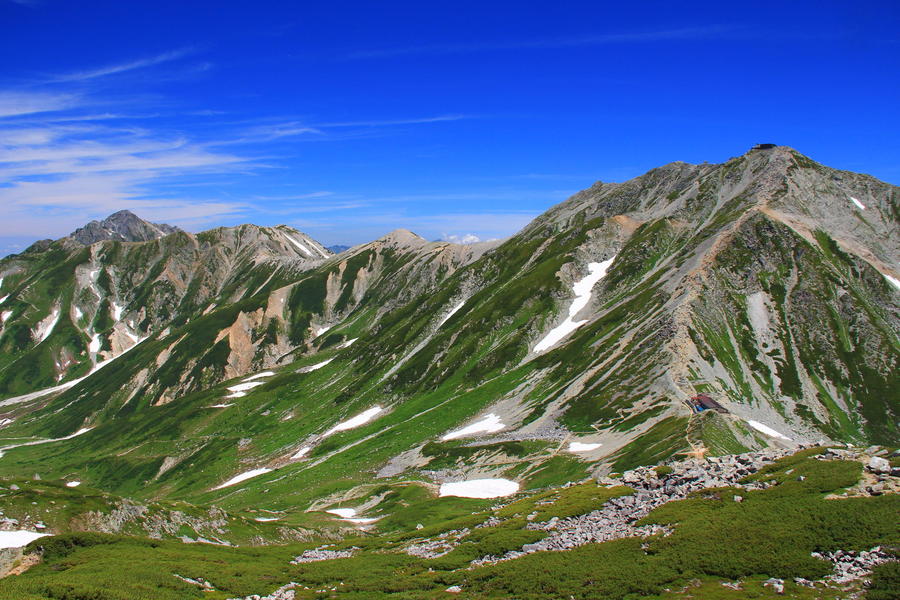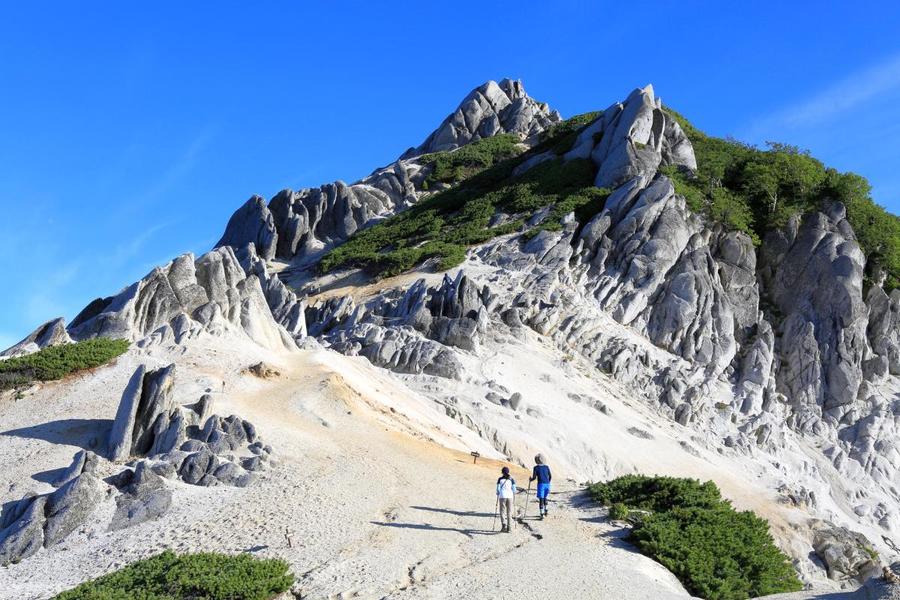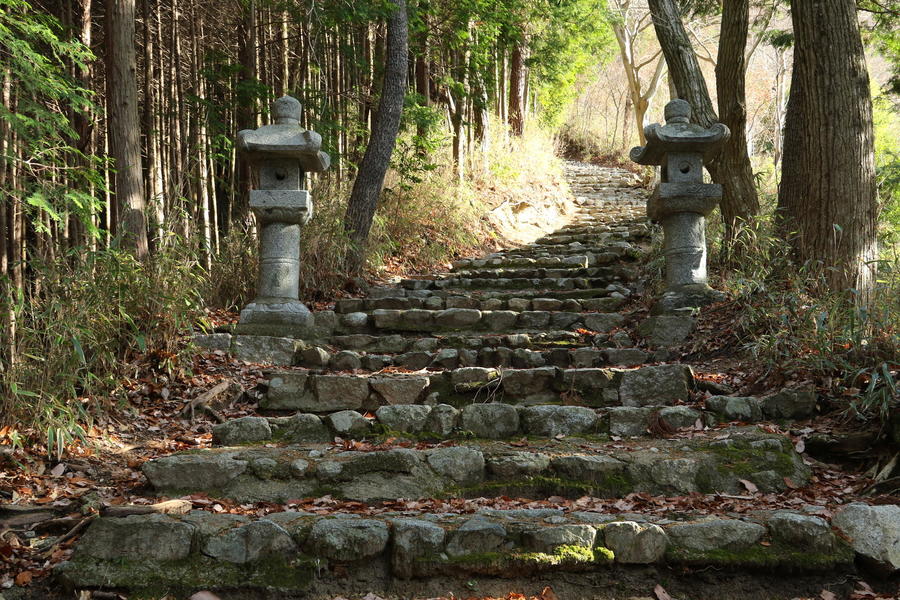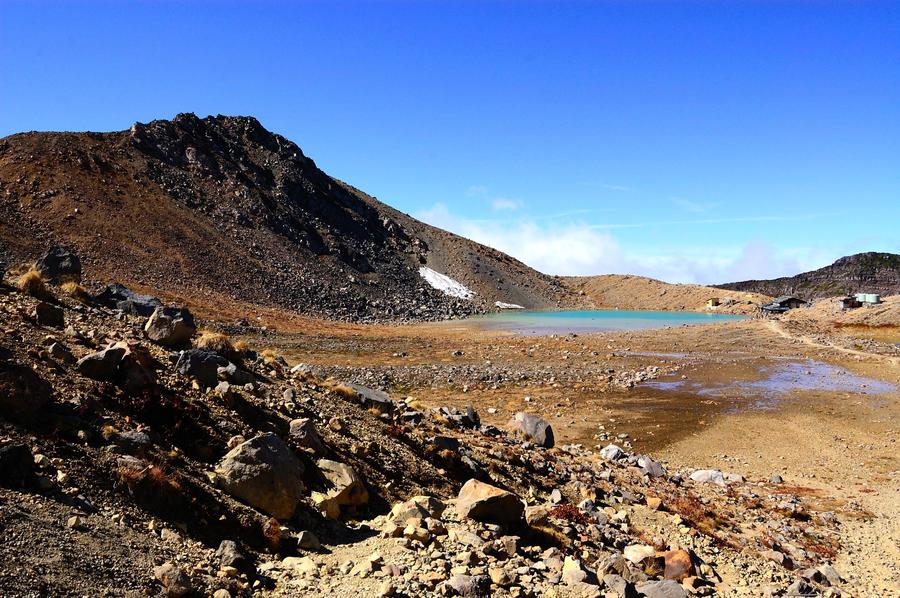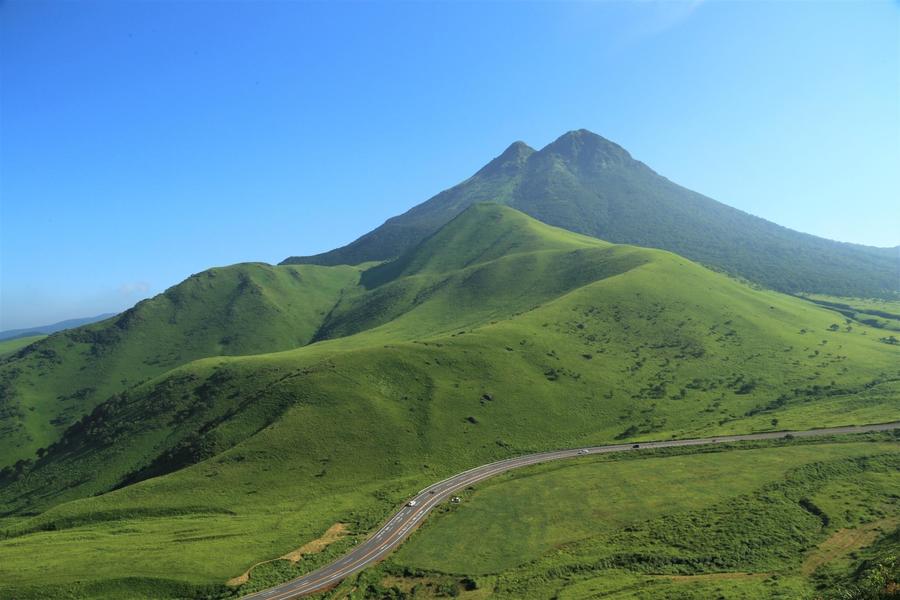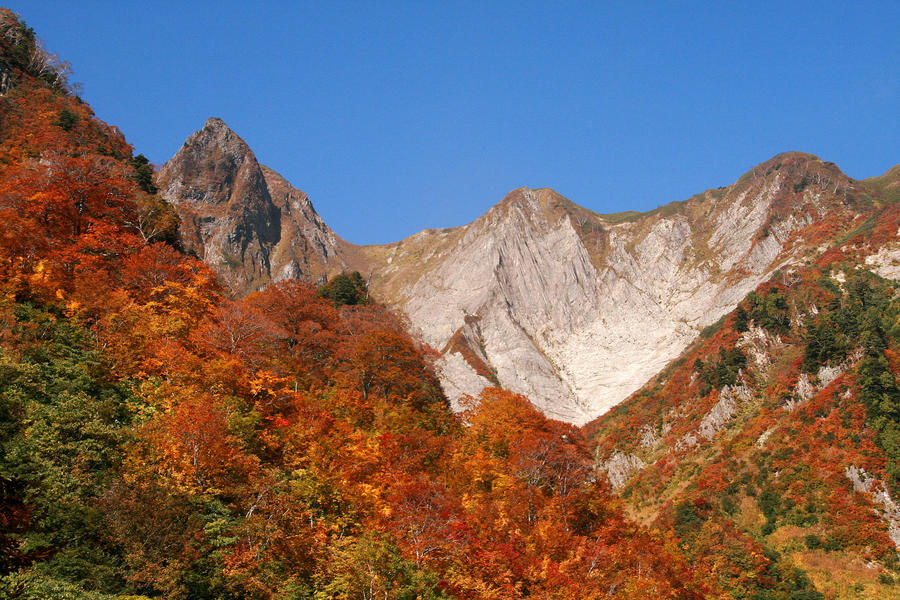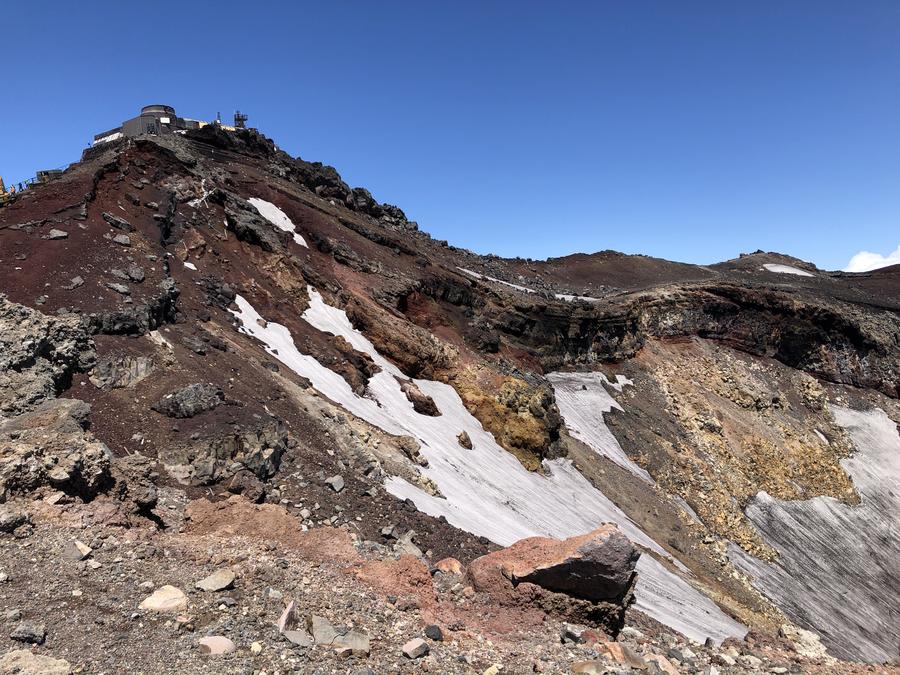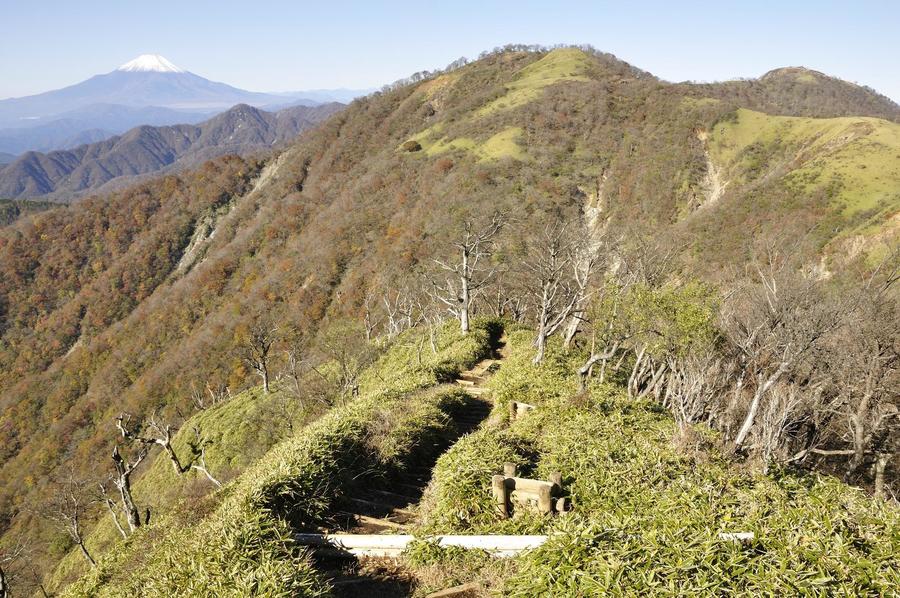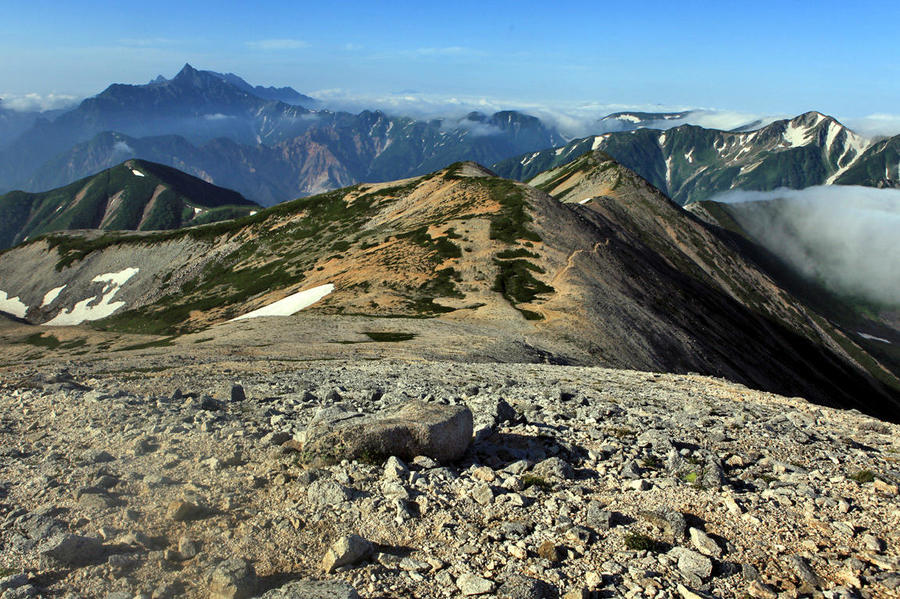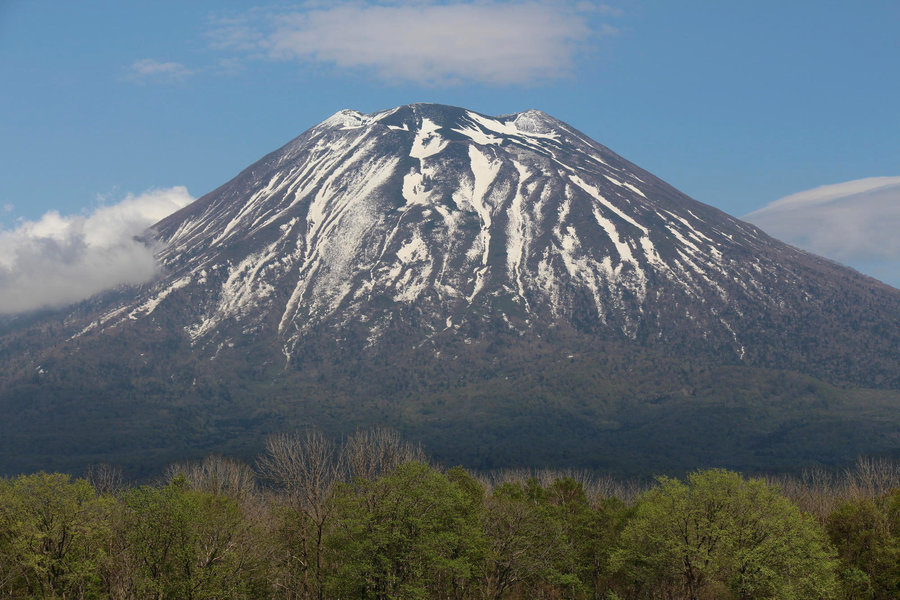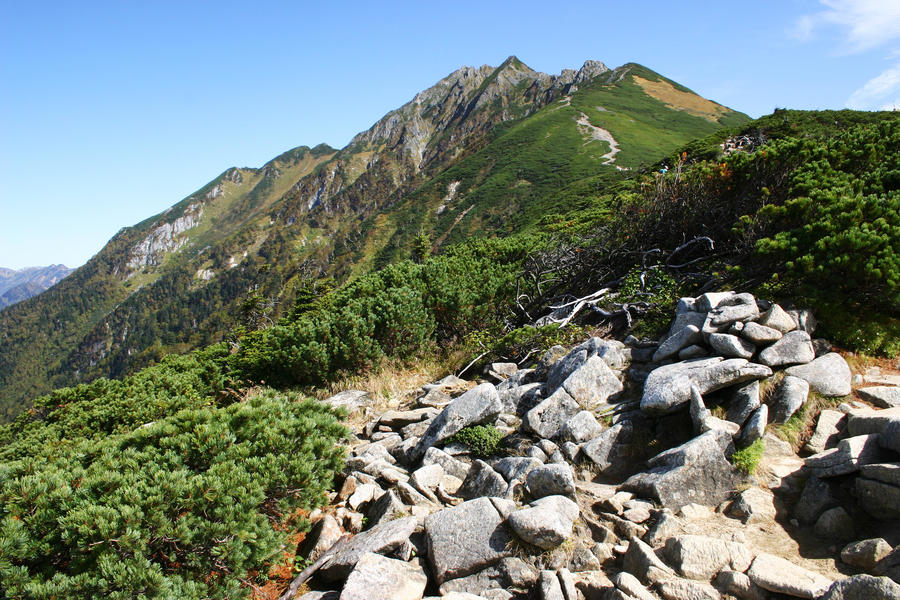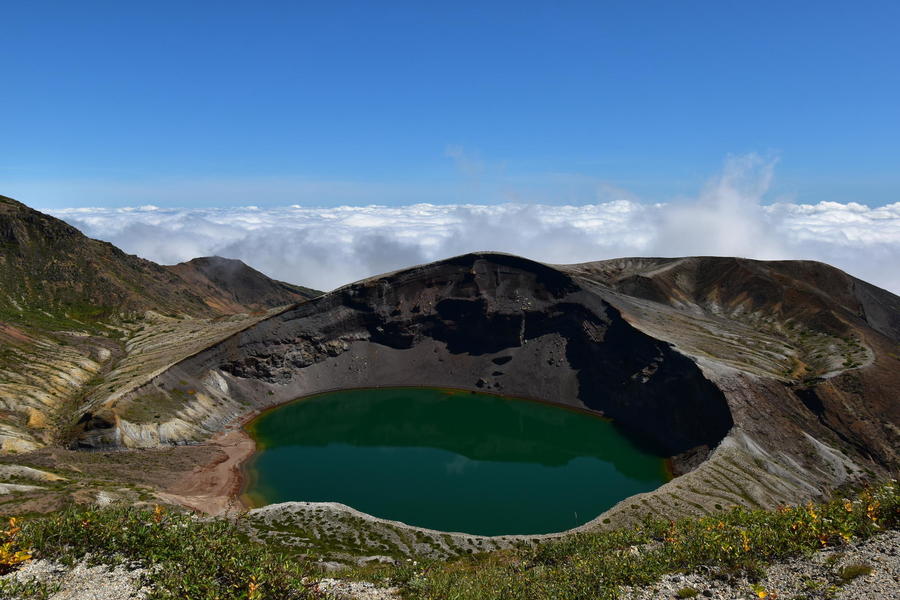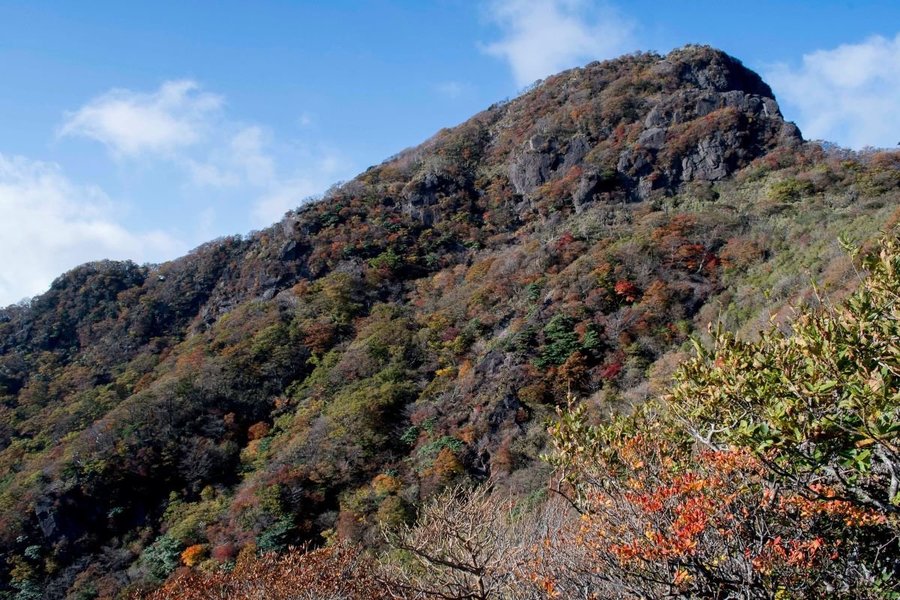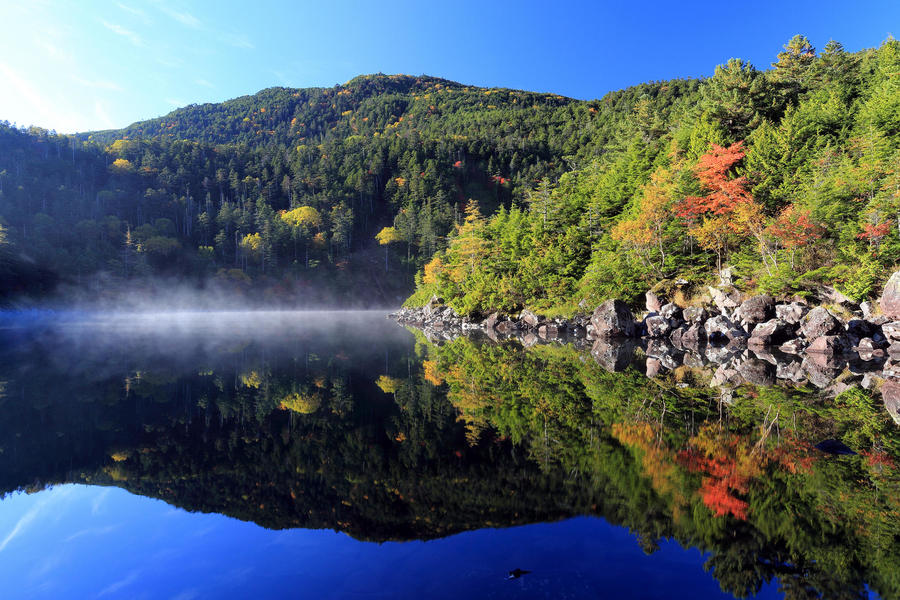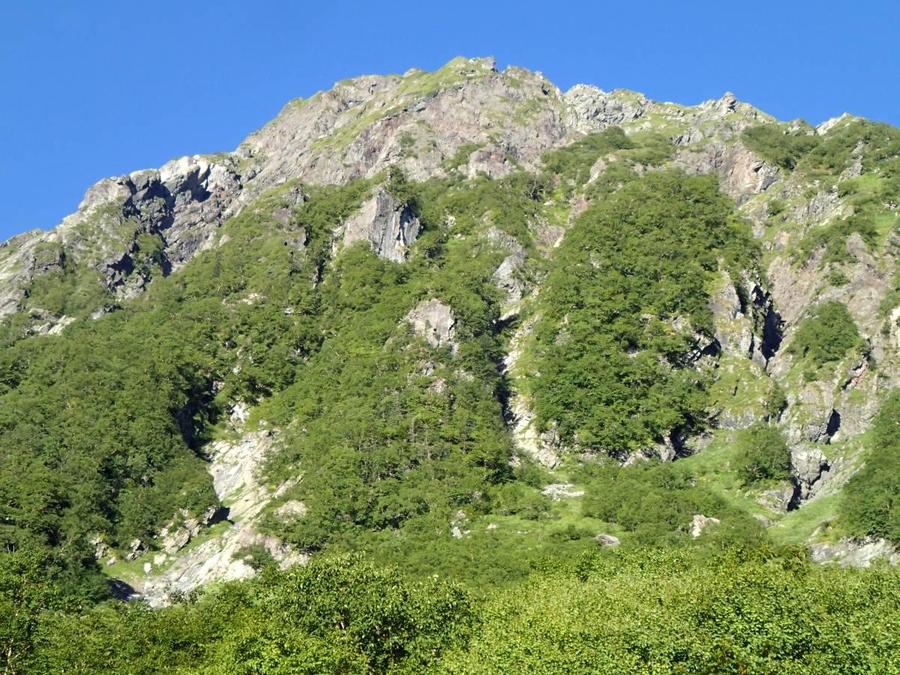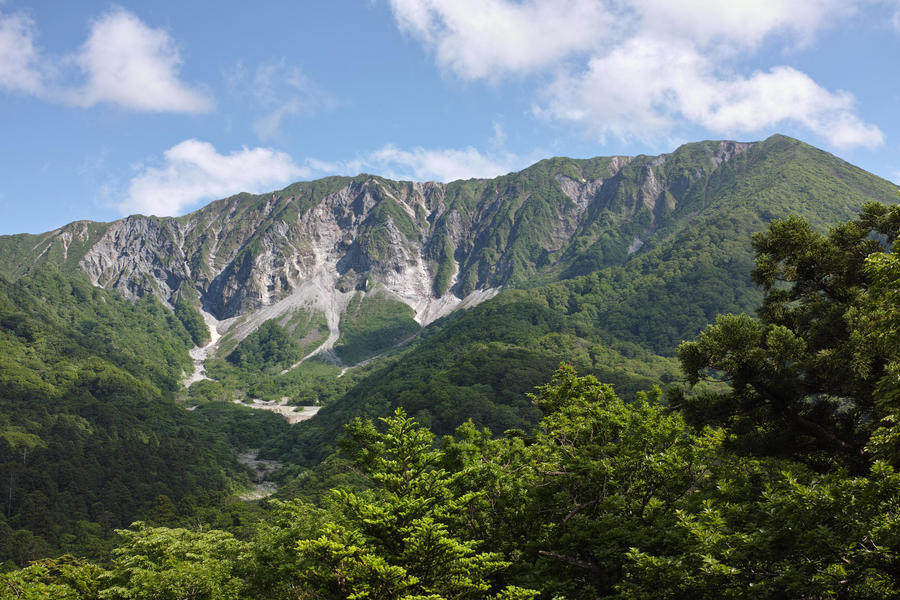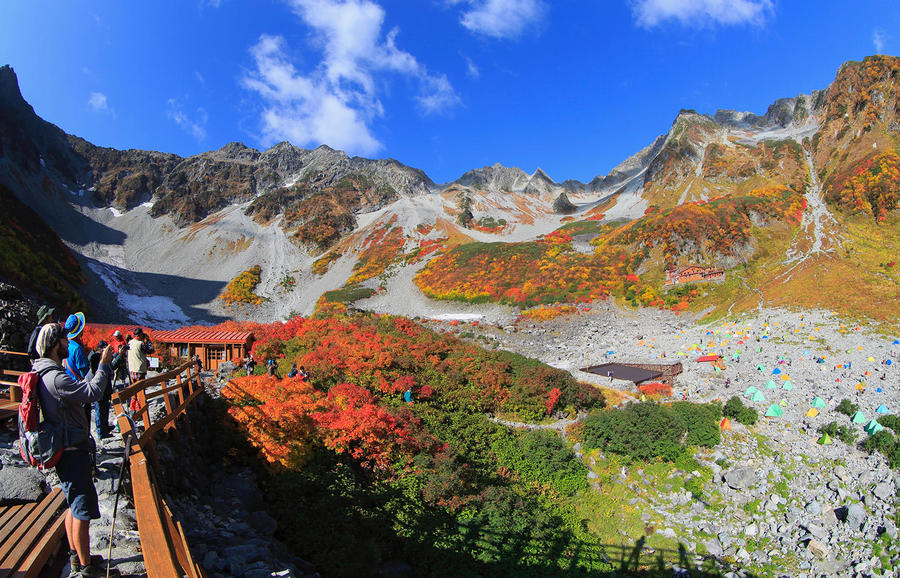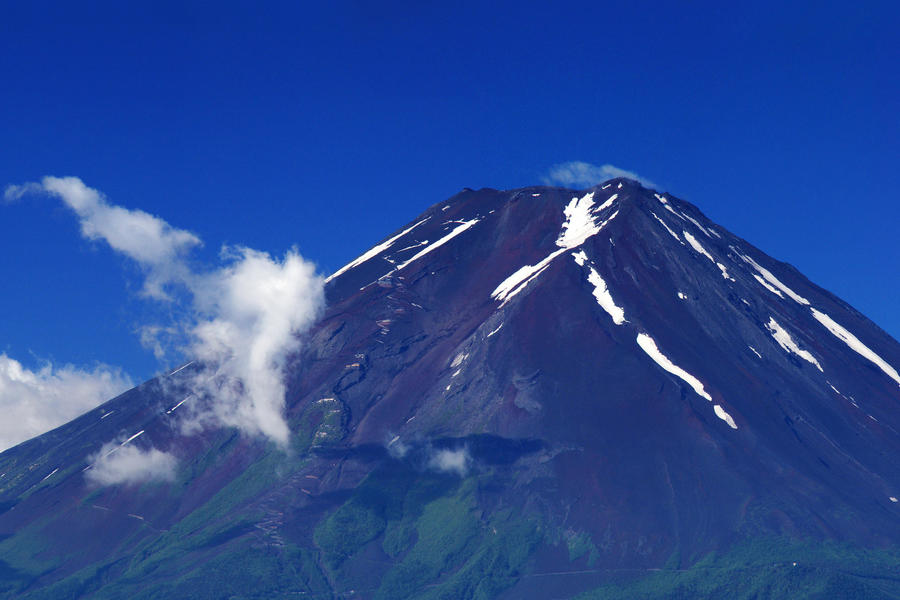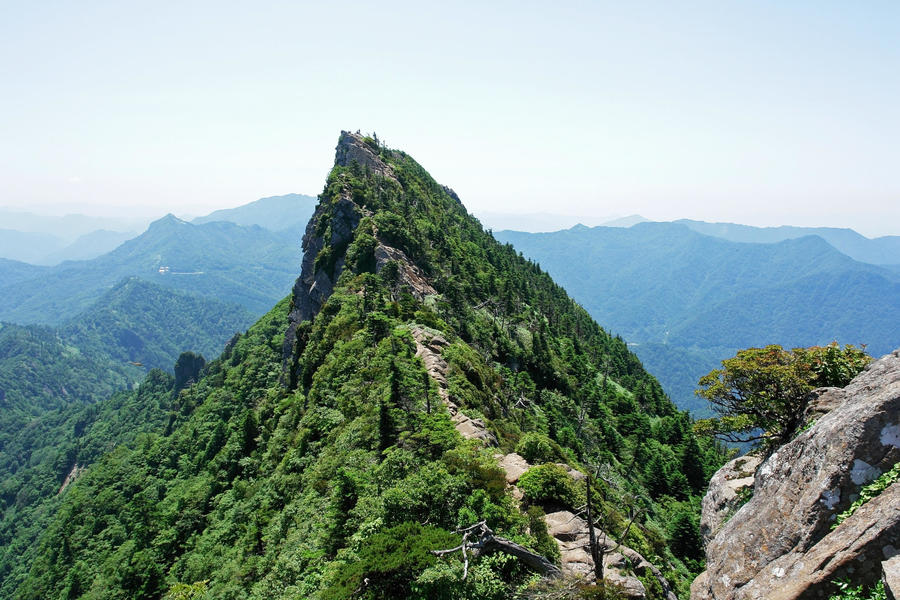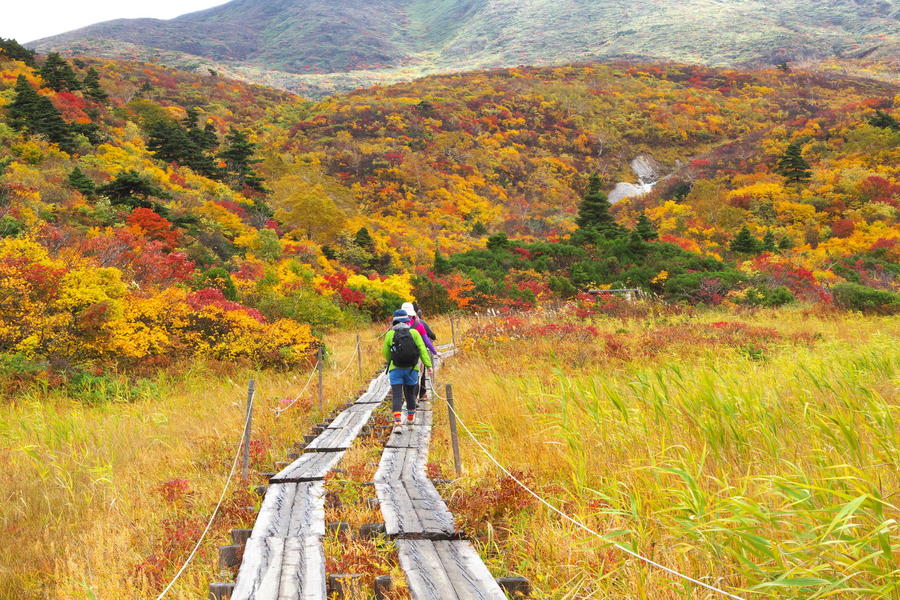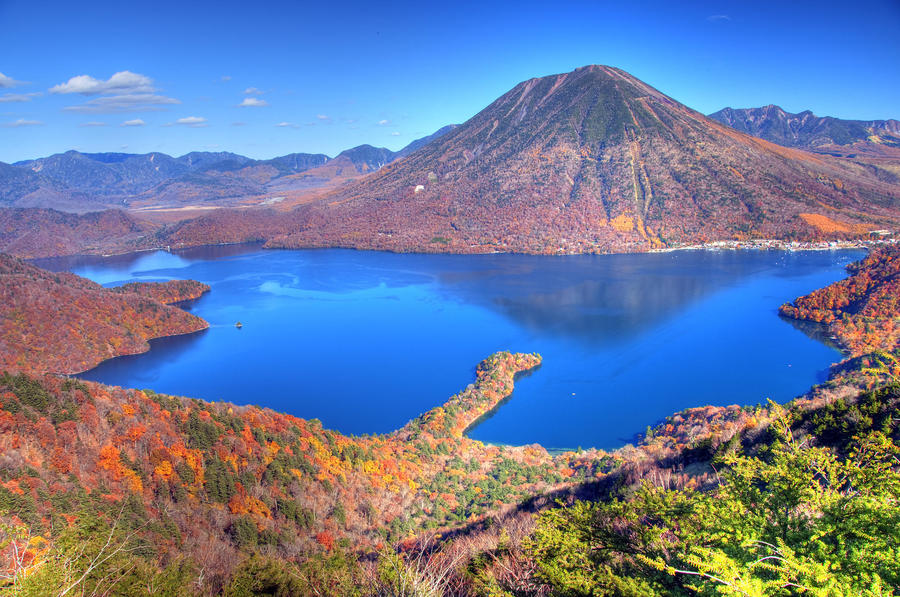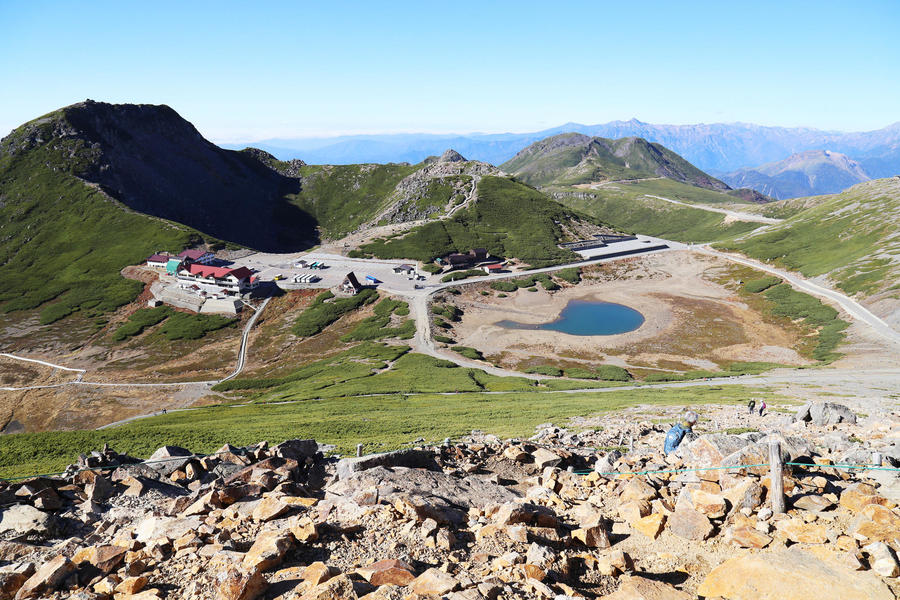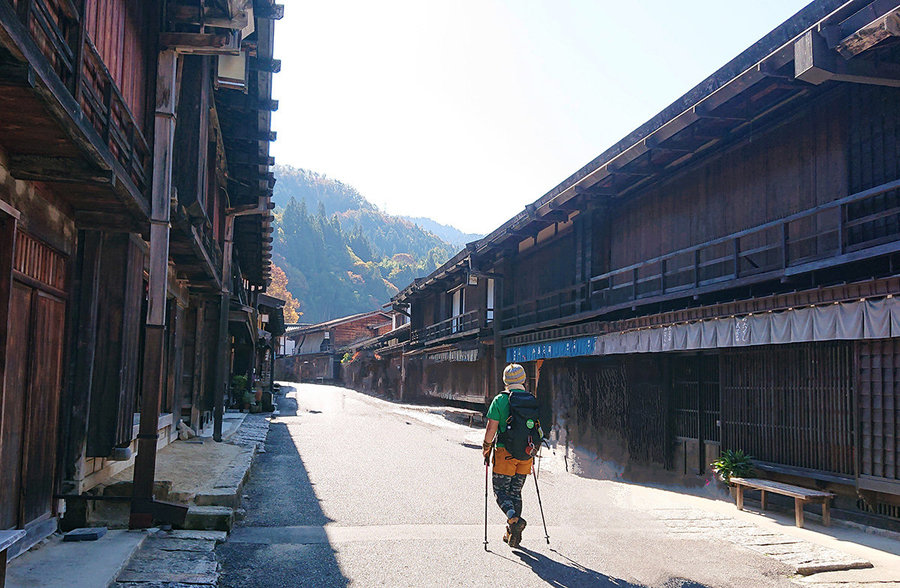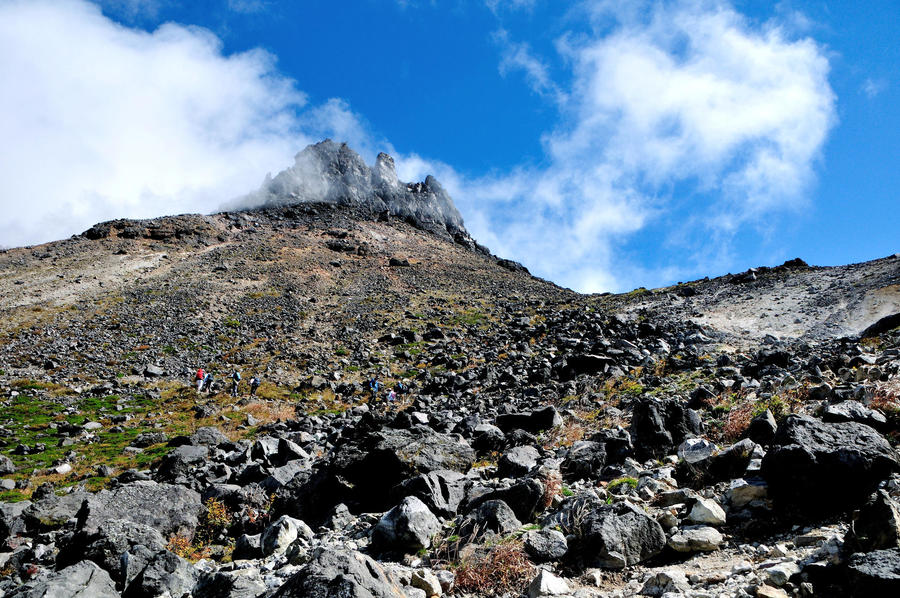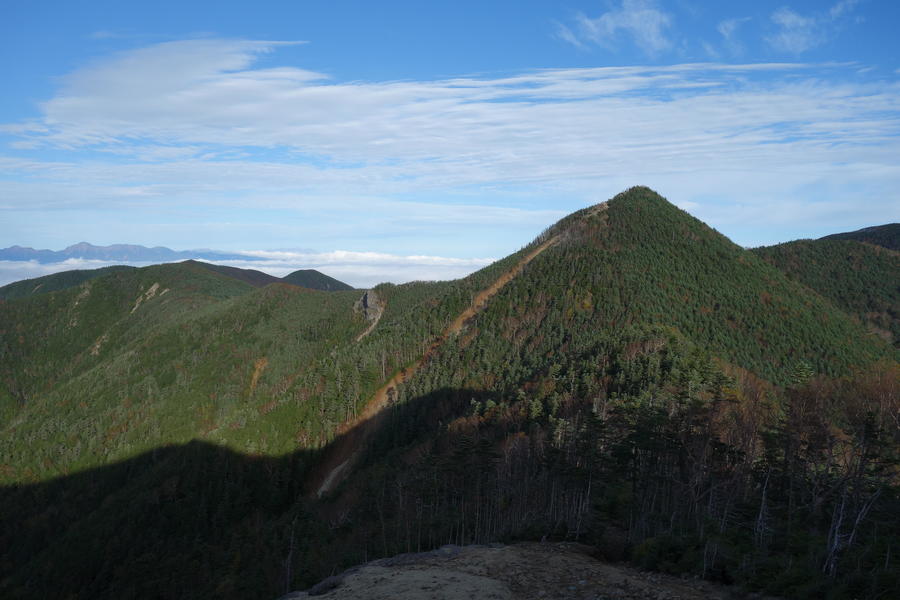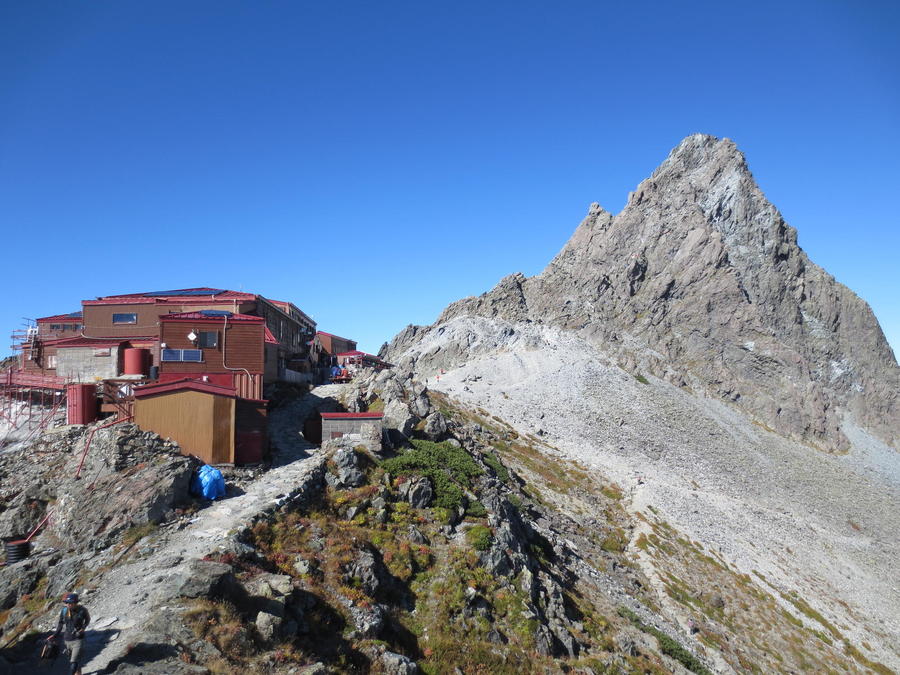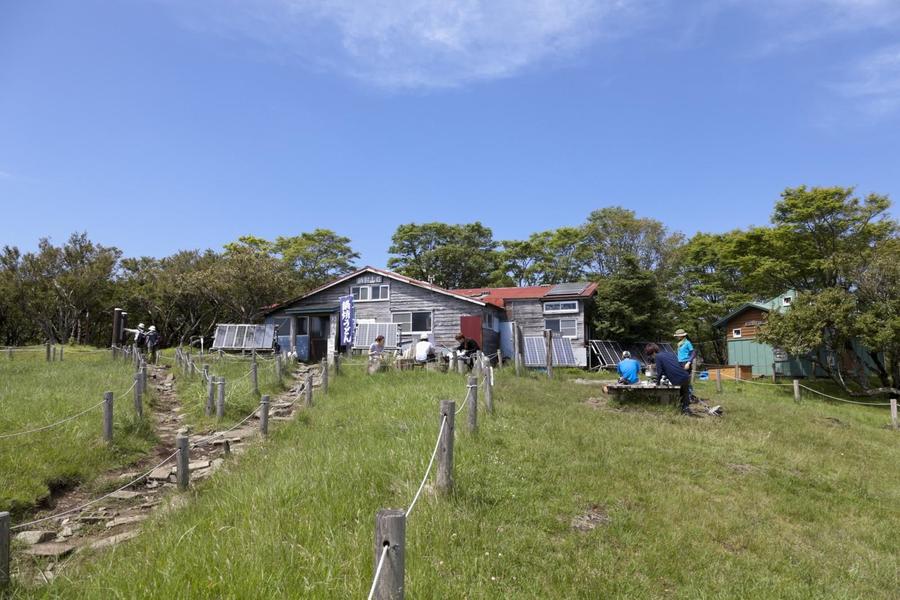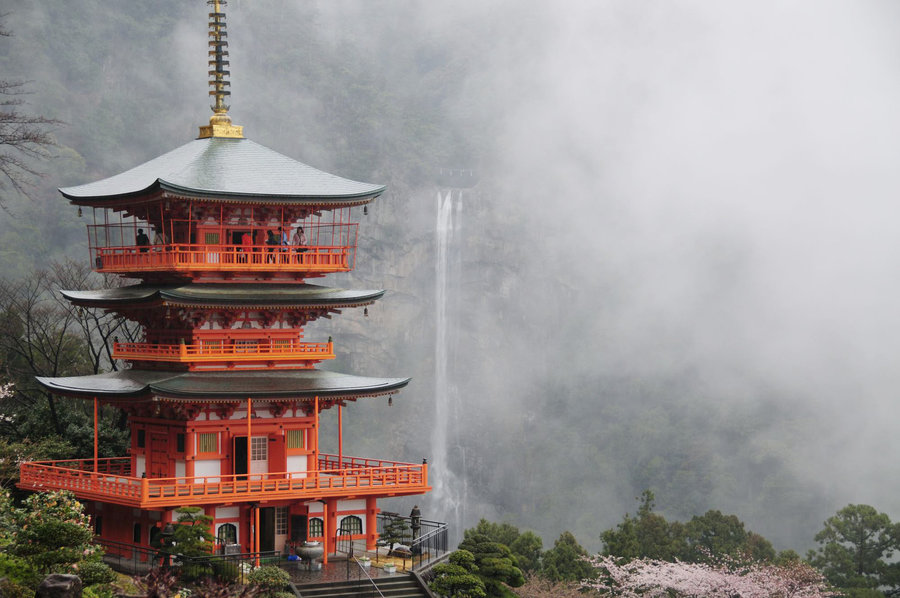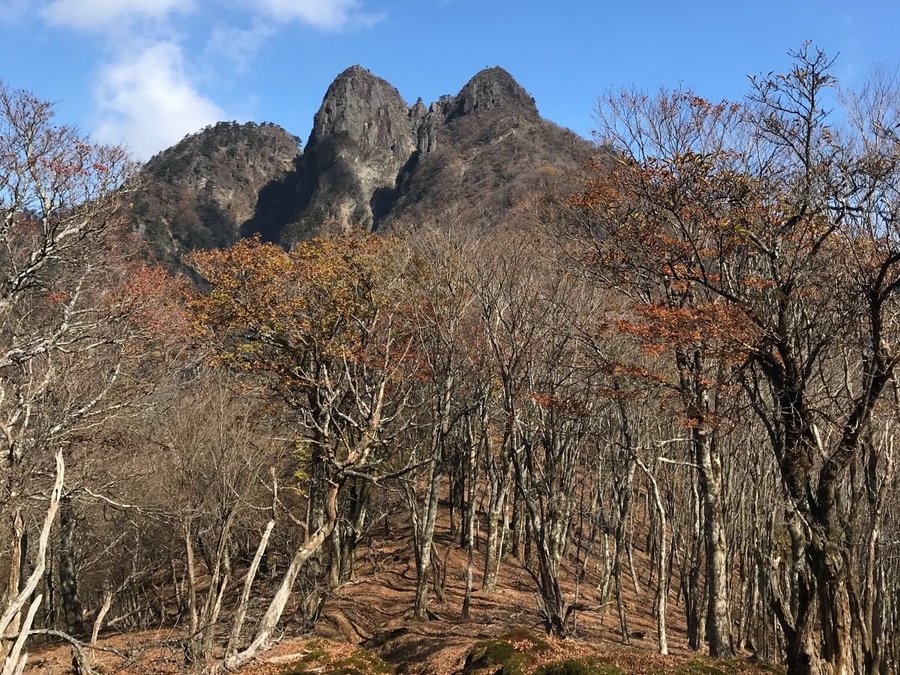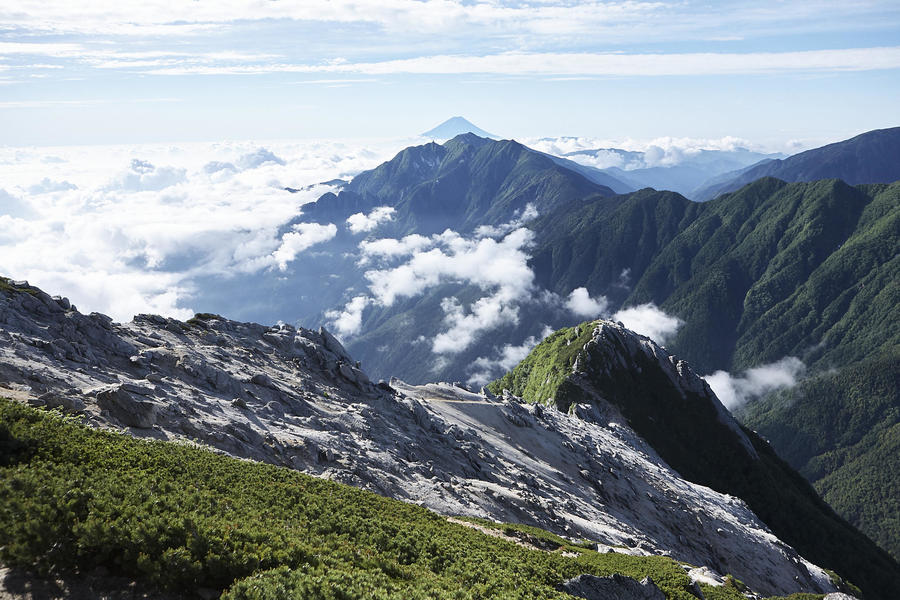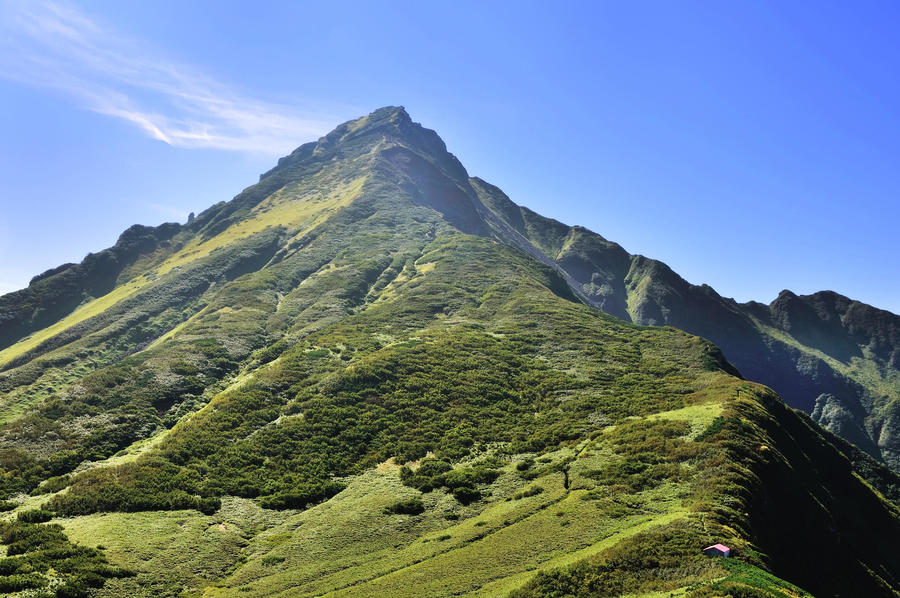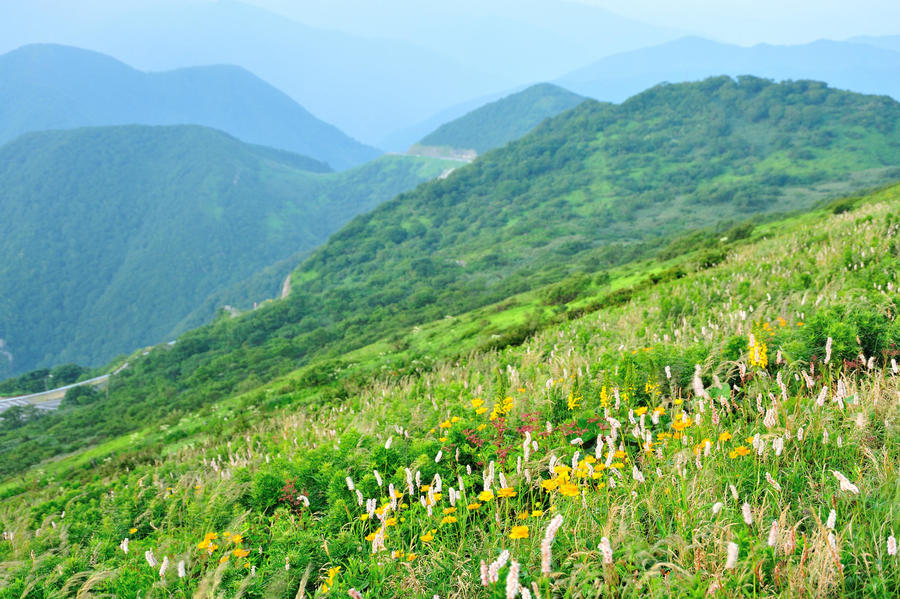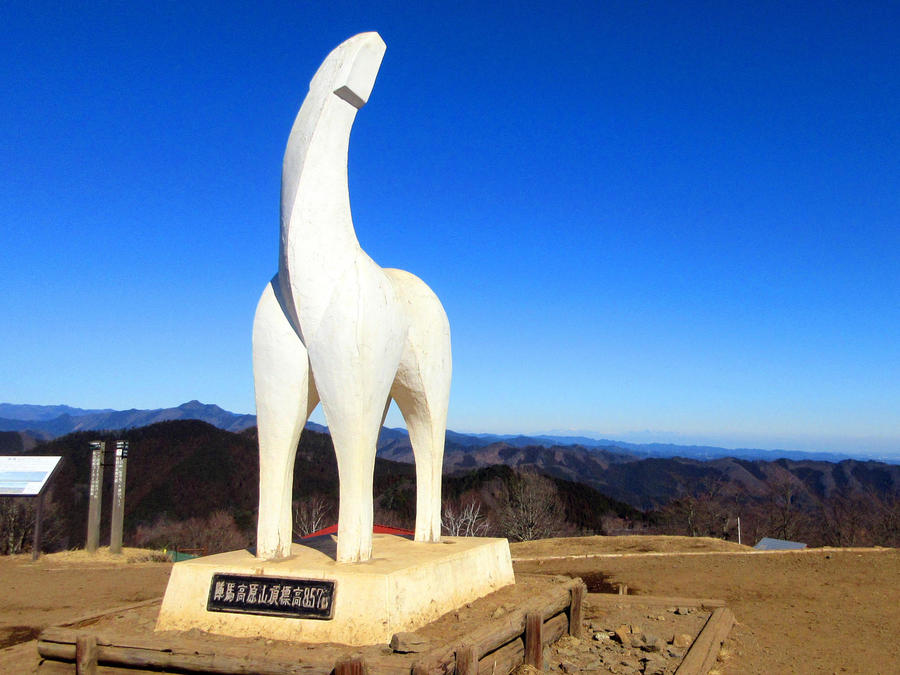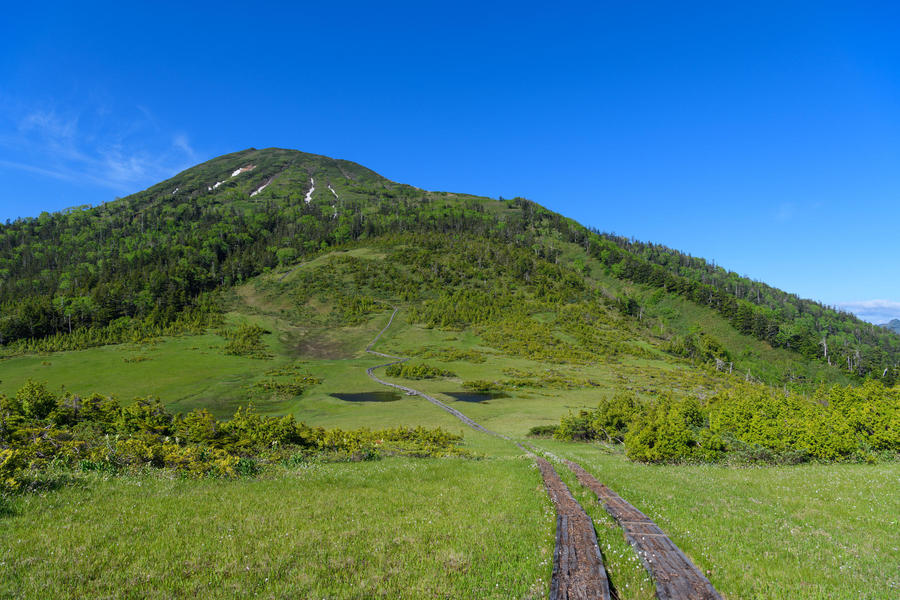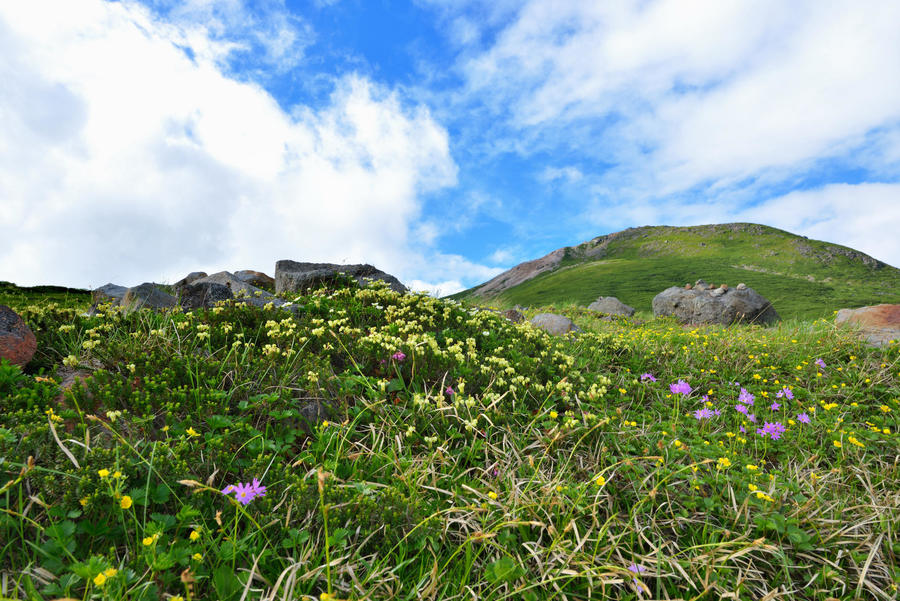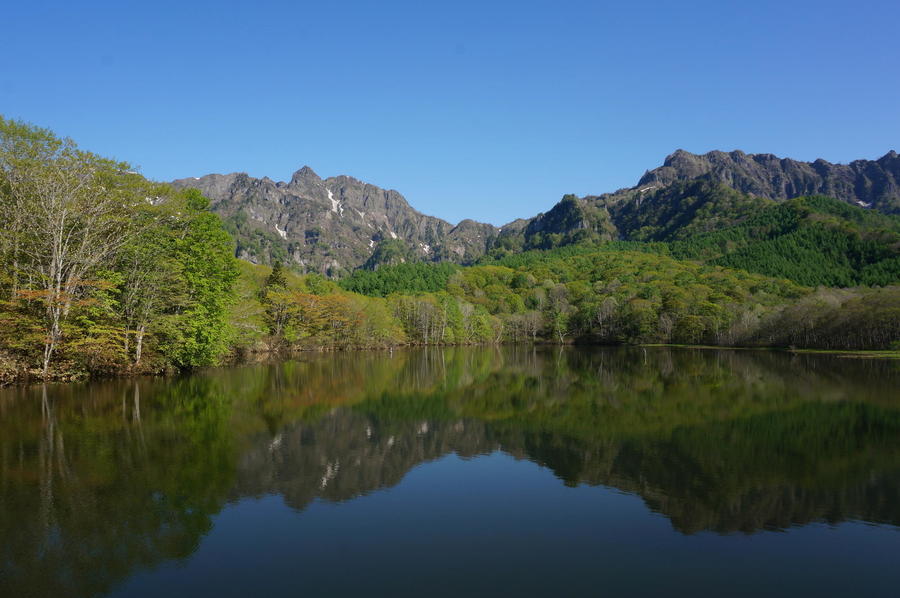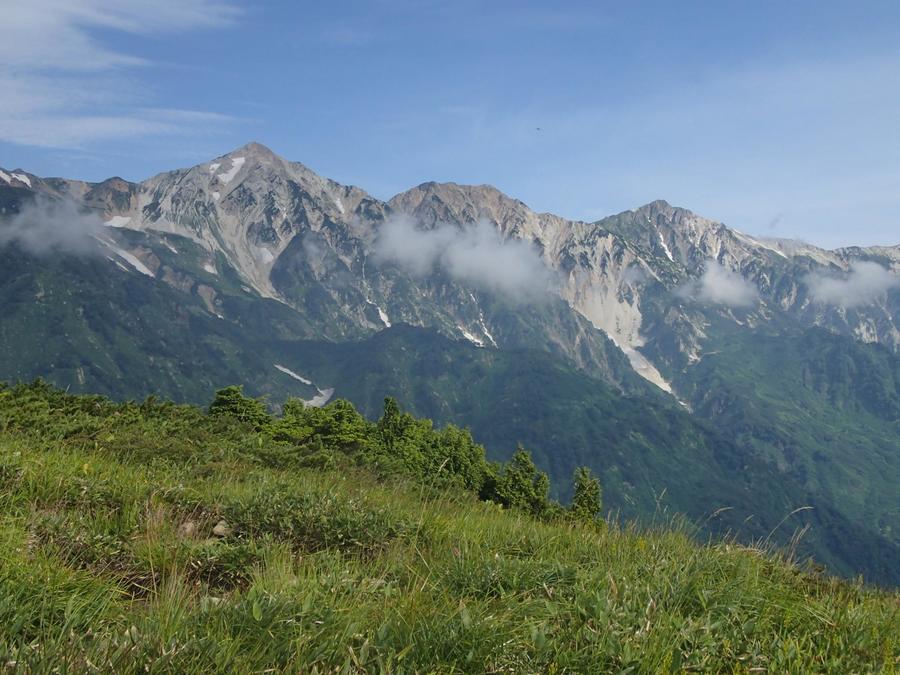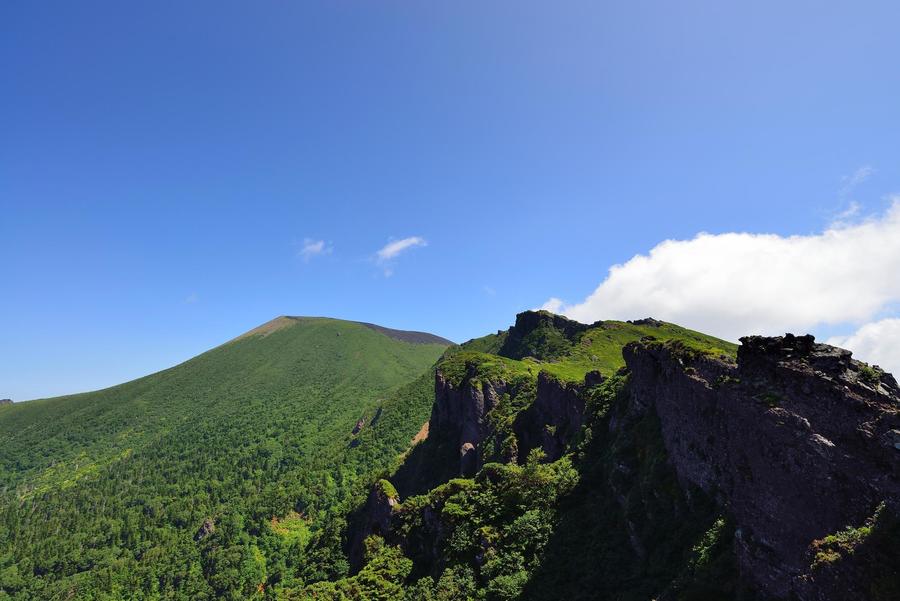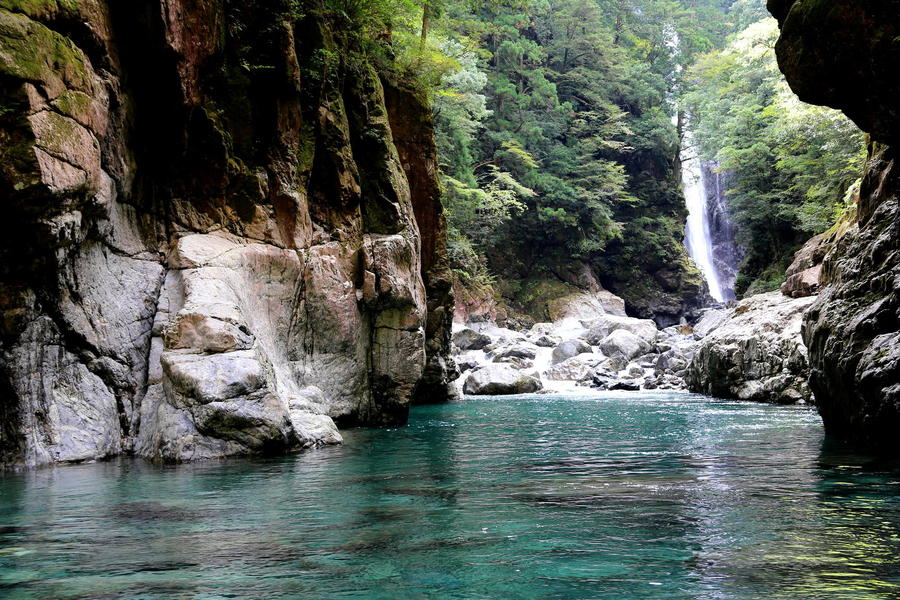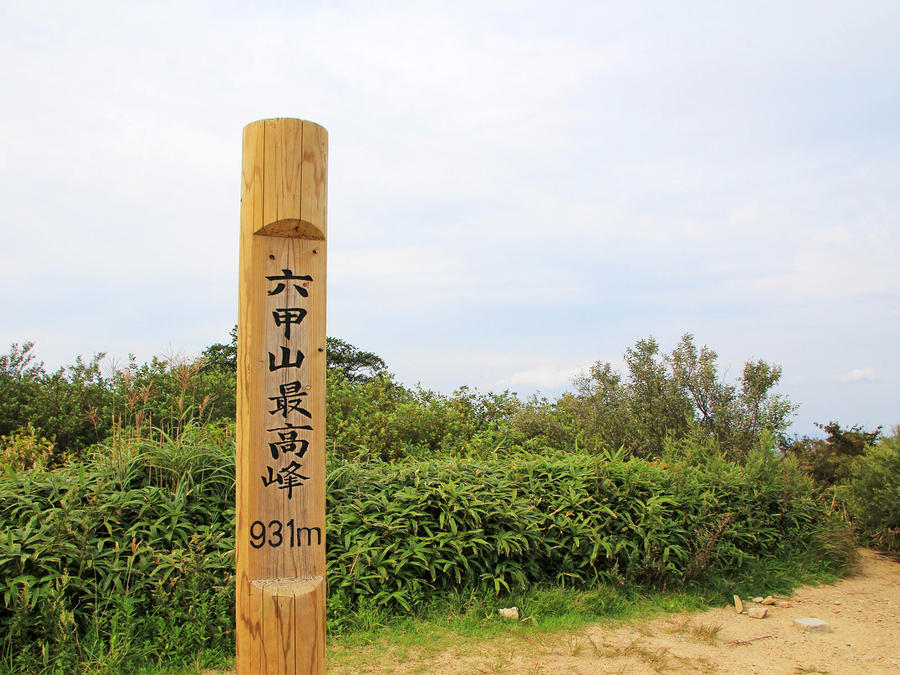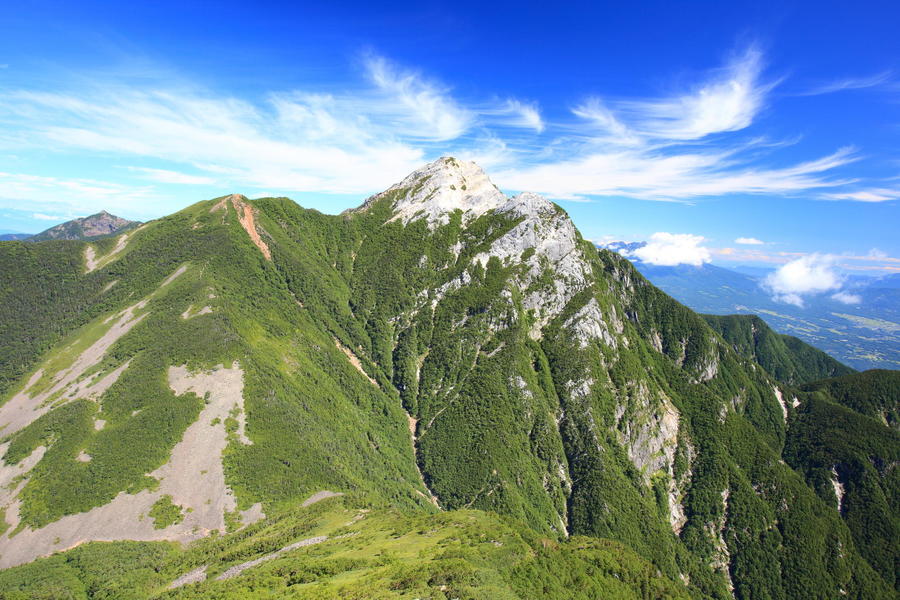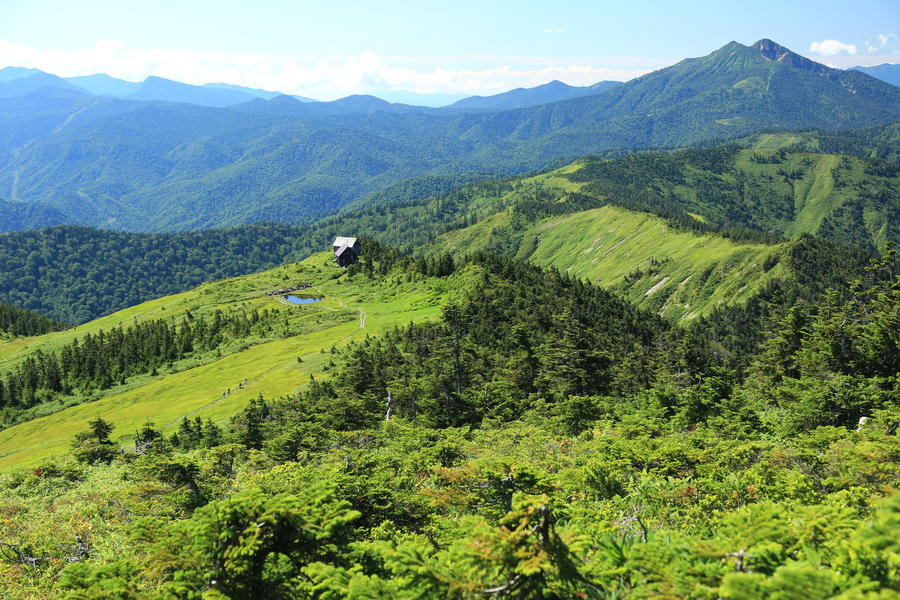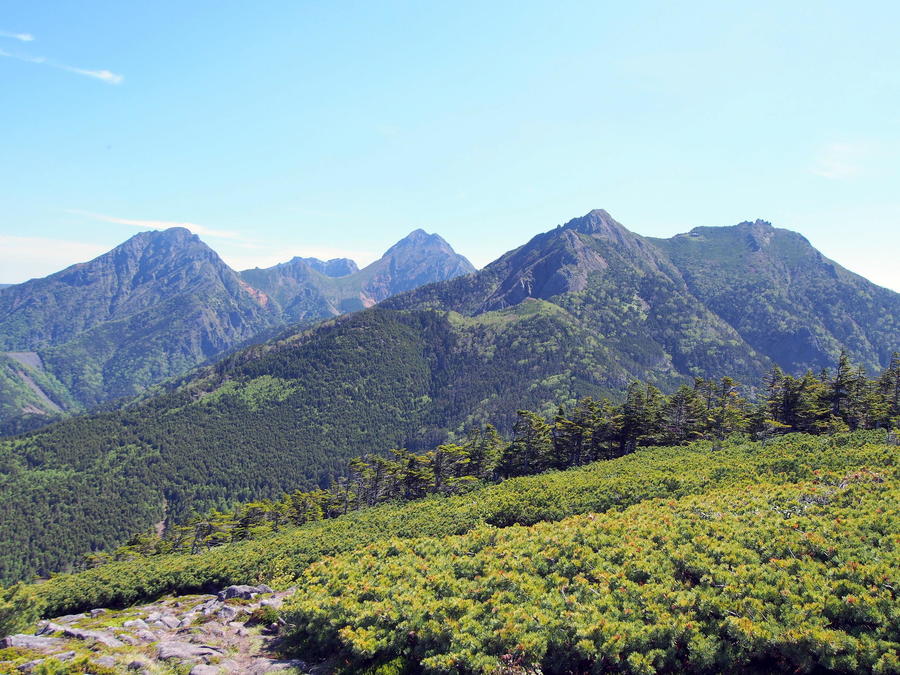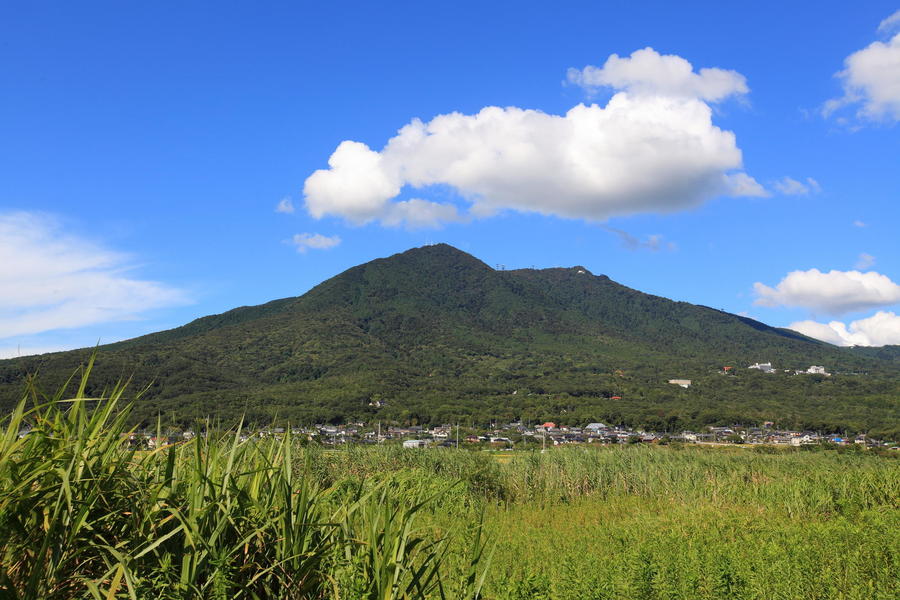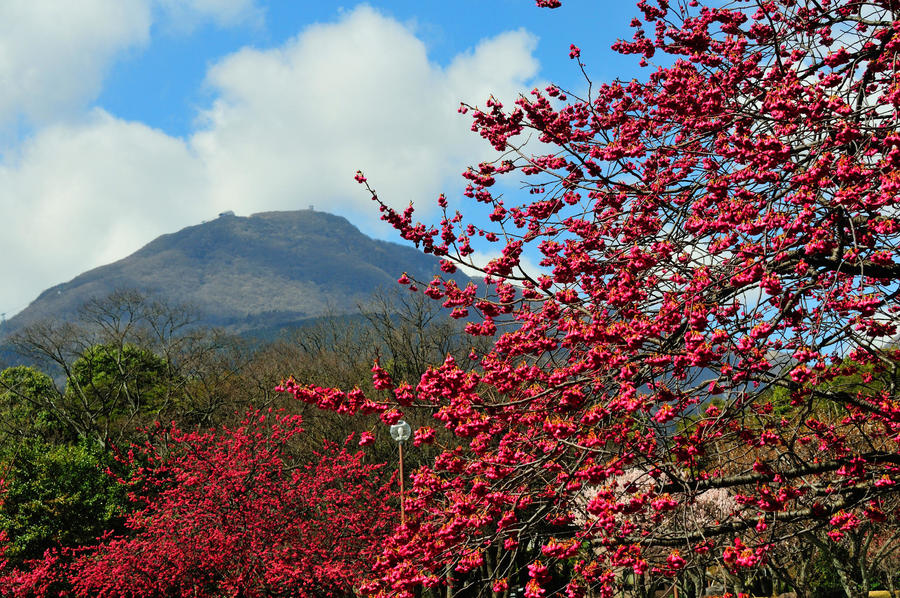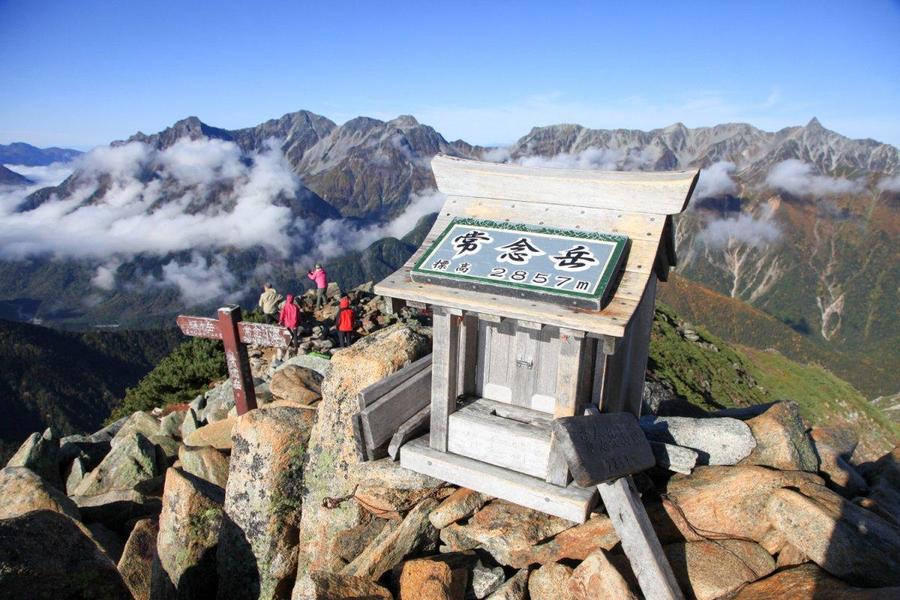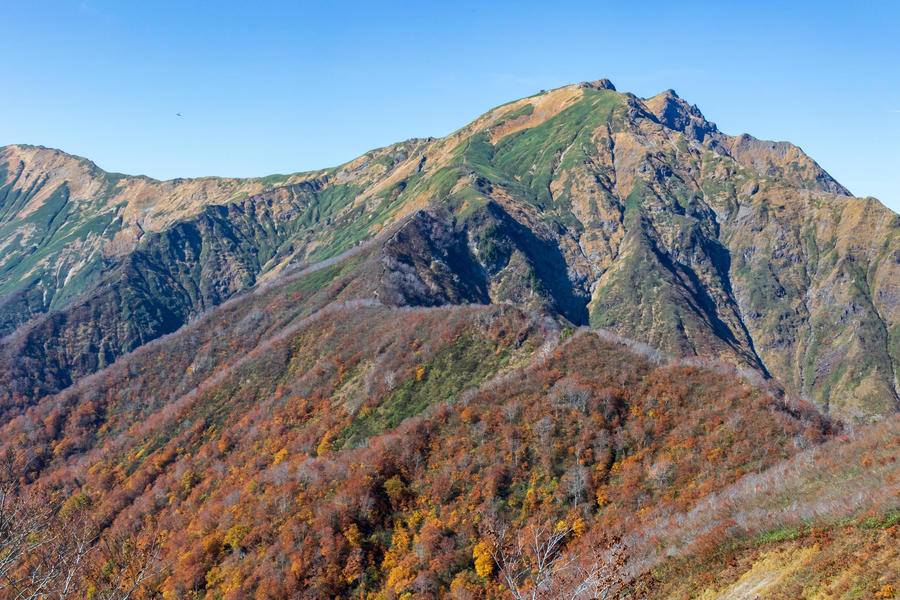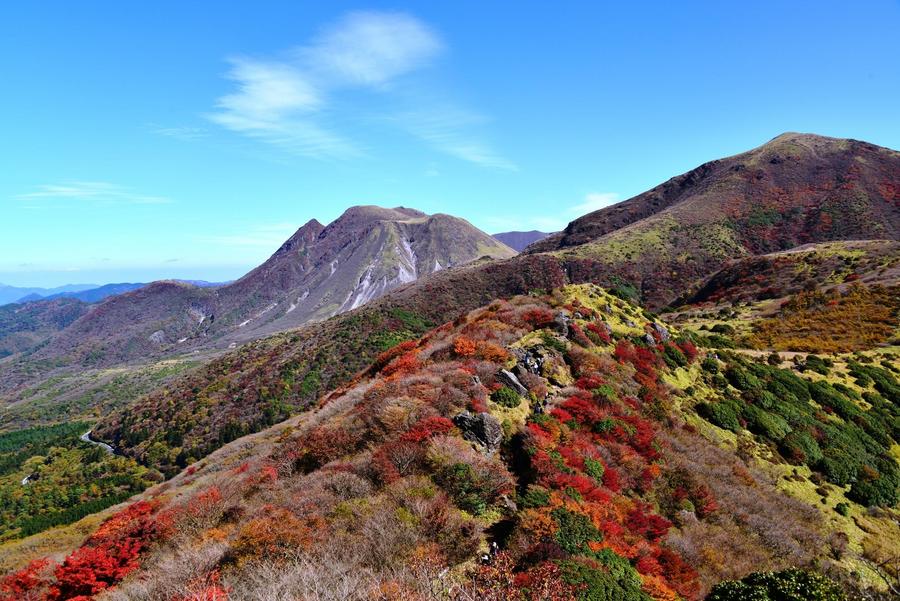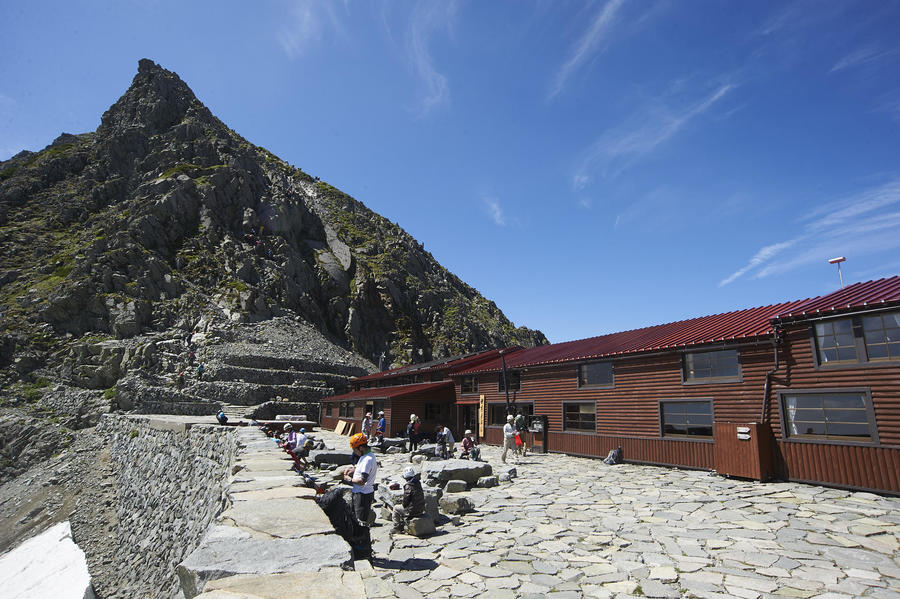View Mt. Fuji
from the summits of other mountains
View Mt. Fuji
from the summits
of other mountains
Mt. Fuji (Fuji-san), the highest mountain in Japan – its charm is not only in its height but also in its well-proportioned, beautiful shape. From winter to spring, snow extensively covers the entire mountain, as if clothed in a pure white dress. As the season turns to midsummer, the mountain reveals its dark earth red body. Then with the autumn foliage season, Mt. Fuji, topped with virgin snow, peeps through the radiant colors of autumn leaves.
This section compilates mountains that offer a scenic view of Mt. Fuji from their summits, which are included in the course guides of this website. The level is limited to one-day trips and less dangerous courses only. Courses will be introduced in order according to the distance between the viewing spot to Mt. Fuji starting with the nearest.
The hiking season for Mt. Fuji is limited. Why not try hiking on other mountains to enjoy the view of the symbol of Japan.
Mt. Nabewari
| Distance from Mt. Fuji about 38.7m
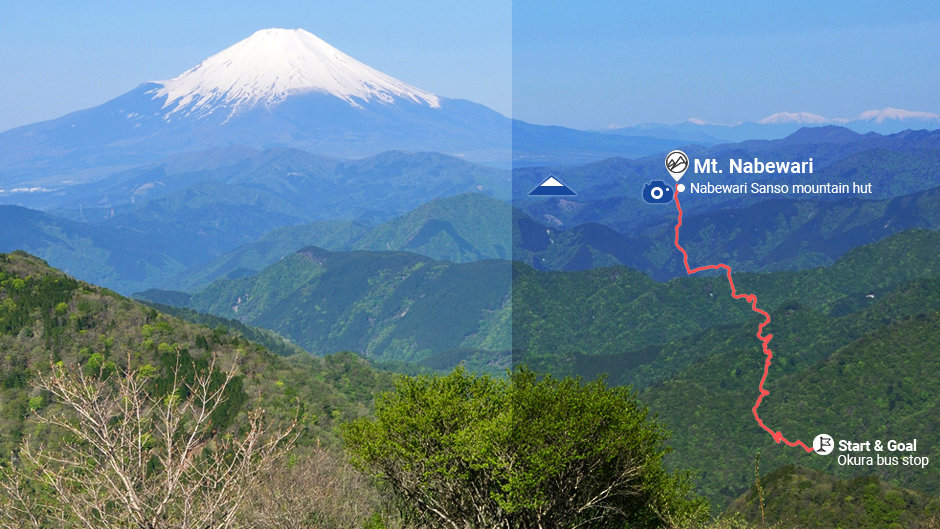
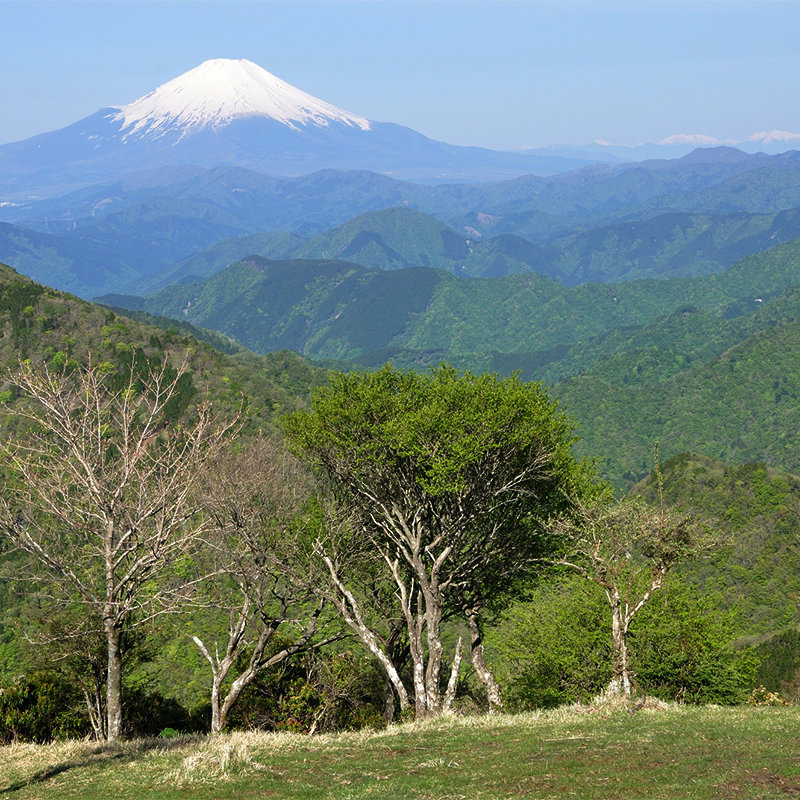
Duration : 1Day / 7.5Hours
The summit and the view
The view of Mt. Fuji and tips for photographing

Mt. Tonodake
| Distance from Mt. Fuji about 40.9m
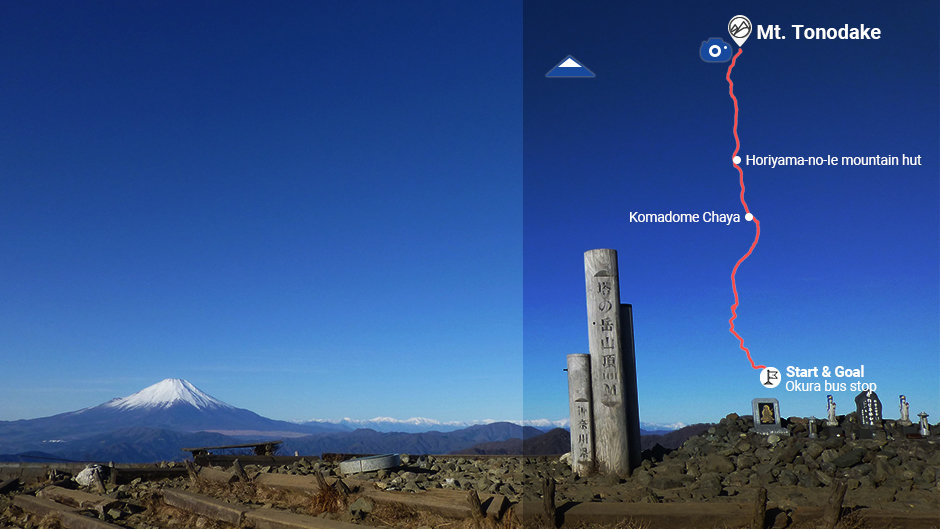
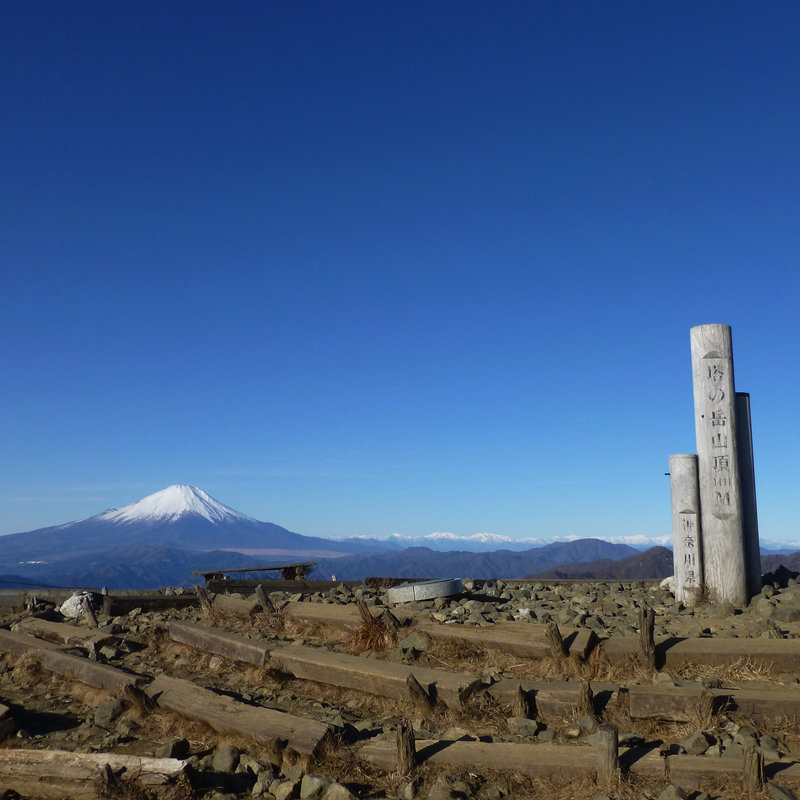
Duration : 1Day / 6Hours
The summit and the view
The view of Mt. Fuji and tips for photographing
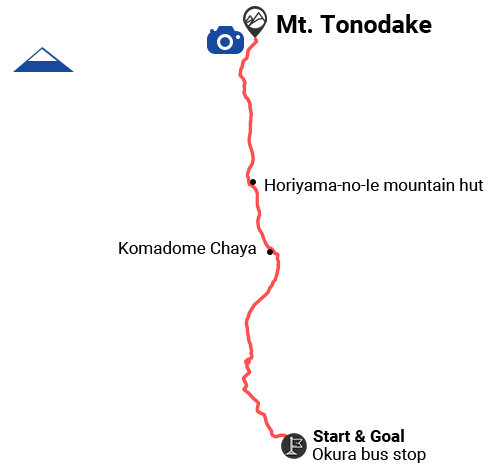
Mt. Daibosatsurei
| Distance from Mt. Fuji about 44.1m

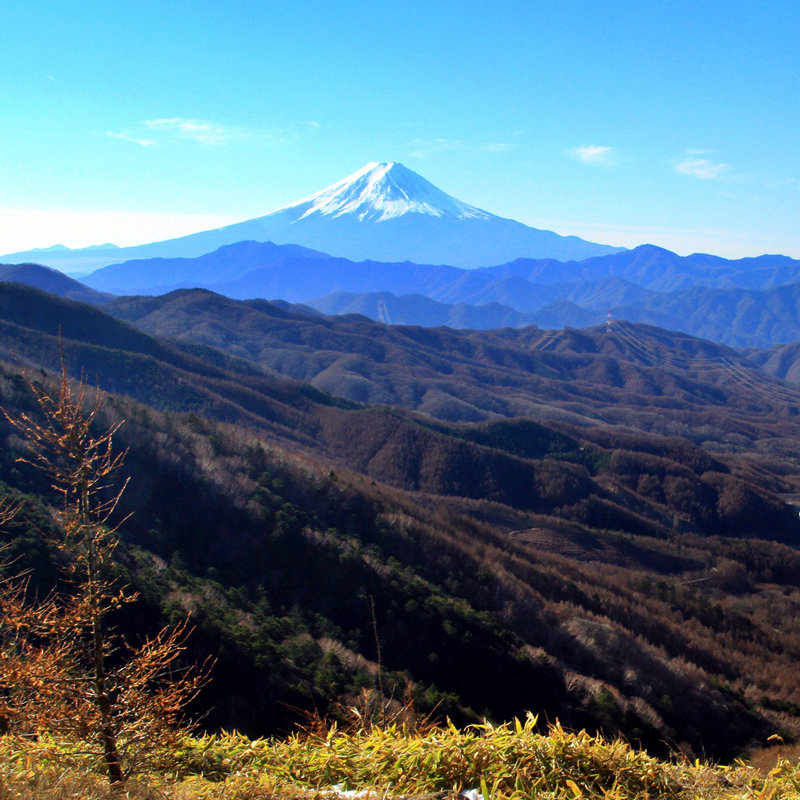
Duration : 1Day / 8Hours
The summit and the view
The view of Mt. Fuji and tips for photographing
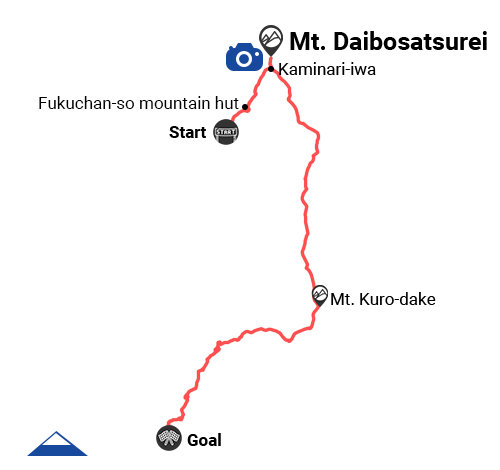
Mt. Oyama
| Distance from Mt. Fuji about 46.6km
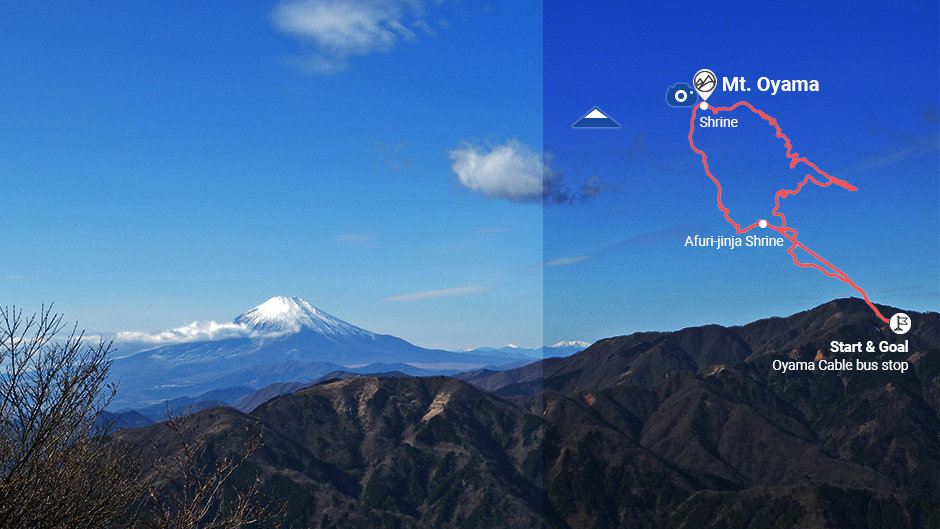
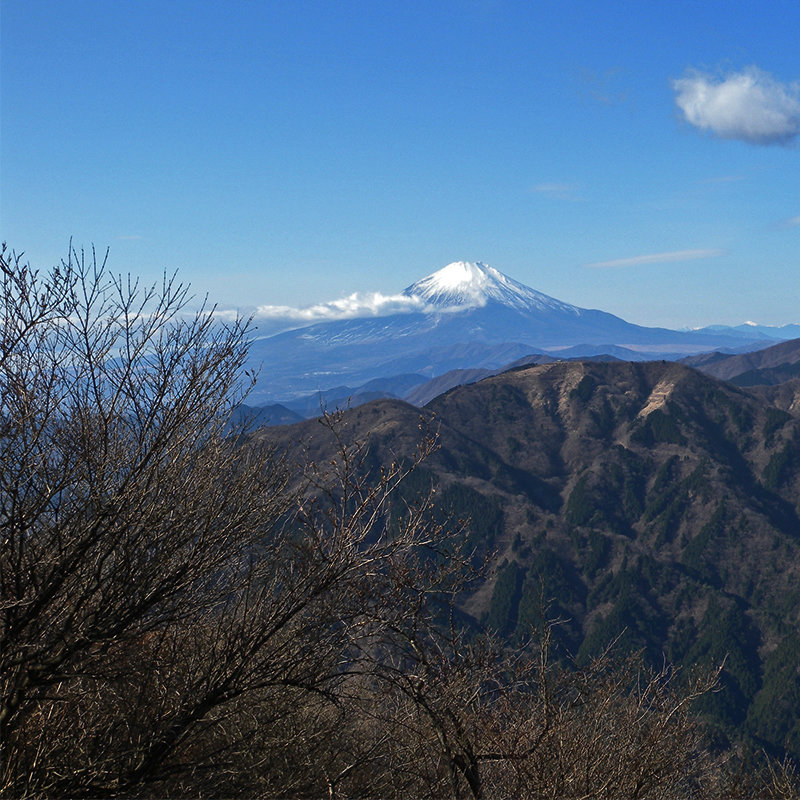
Duration : 1Day / 4Hours
The summit and the view
The view of Mt. Fuji and tips for photographing
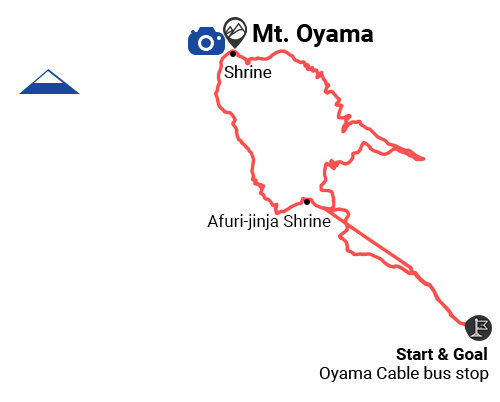
Mt. Jinba
| Distance from Mt. Fuji about 51.3m
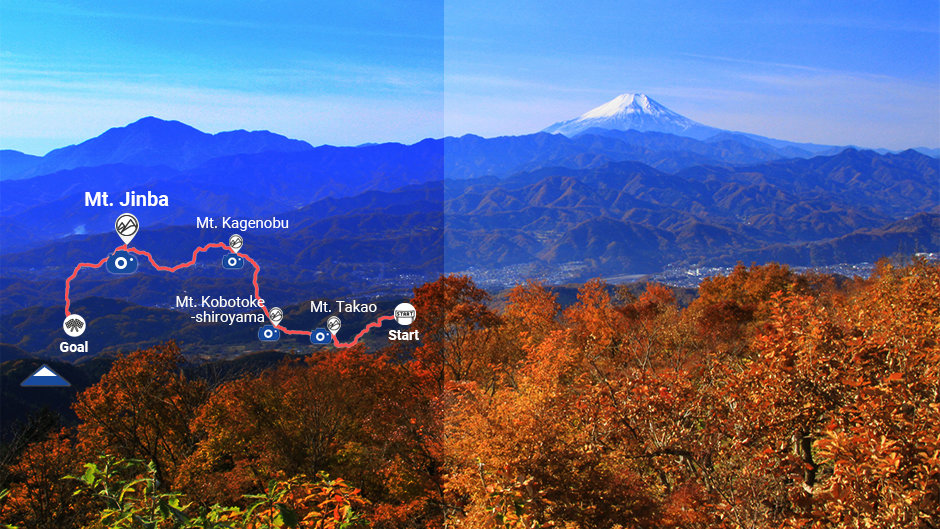
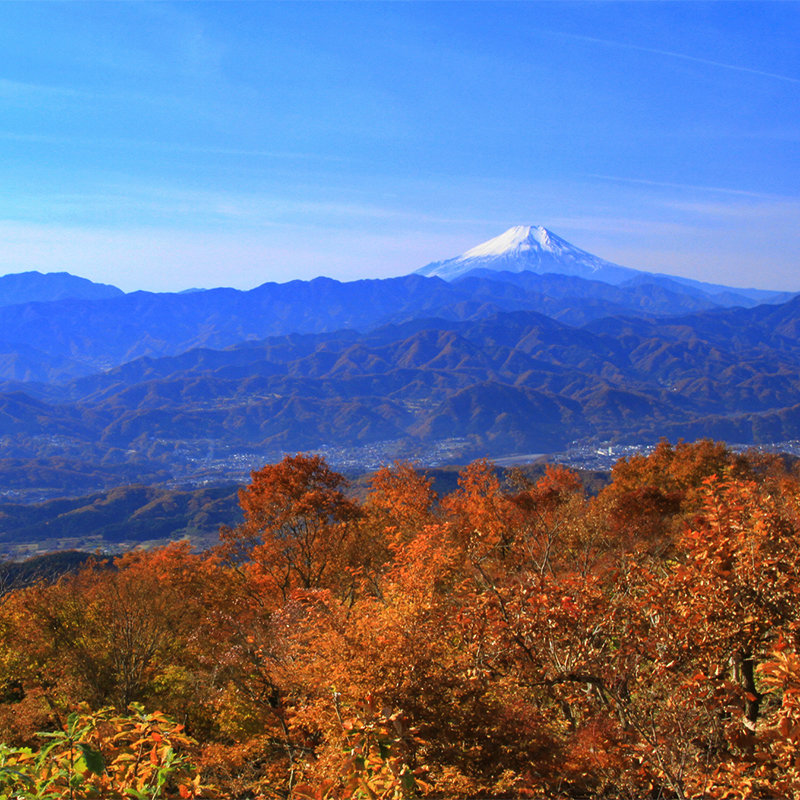
Duration : 1Day / 7.5Hours
The summit and the view
The view of Mt. Fuji and tips for photographing

Mt. Takao
| Distance from Mt. Fuji about 55.3m
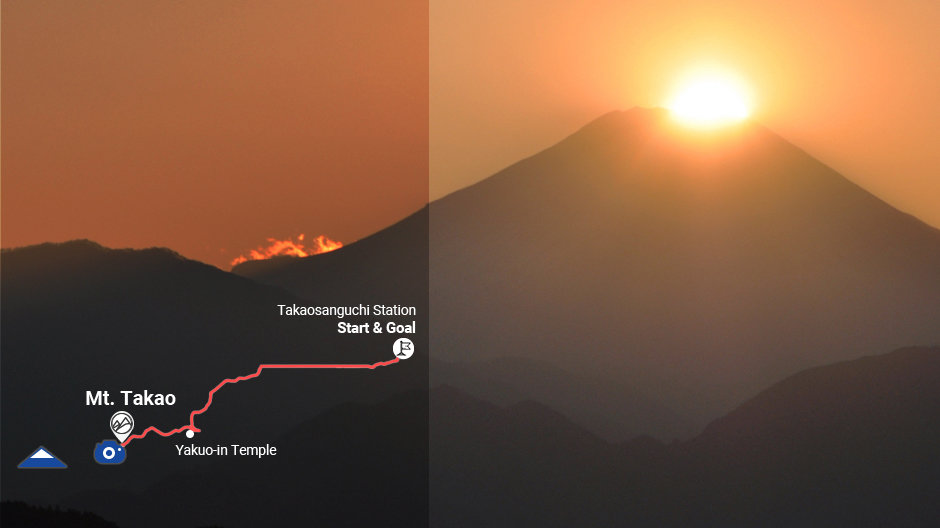
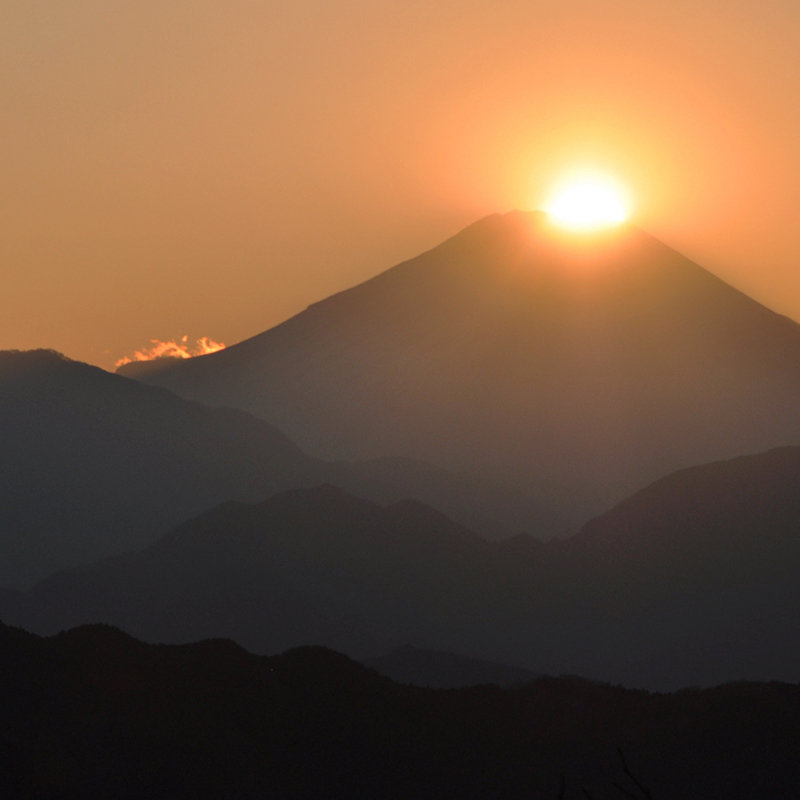
Duration : 1Day / 2Hours
The summit and the view
The view of Mt. Fuji and tips for photographing

The Other Mountains


Mt. Hinokiboramaru
The summit is covered by a forest of trees such as beech and is not suitable for enjoying the view. Descend slightly to the west of the summit, the view towards Mt. Fuji is exposed.
Distance from Mt. Fuji : about 36.5km
Highest Point : 1601m
Duration : 1Day / 6Hours
Fitness Level : ★★☆☆☆


Mt. Kitadake
The summit narrowly extends from north to south, providing an unobstructed view. The elegant foothills of Mt. Fuji extend before you.
Distance from Mt. Fuji : about 56.4km
Highest Point : 3193m
Duration : 2Days / 11.5Hours
Fitness Level : ★★★☆☆
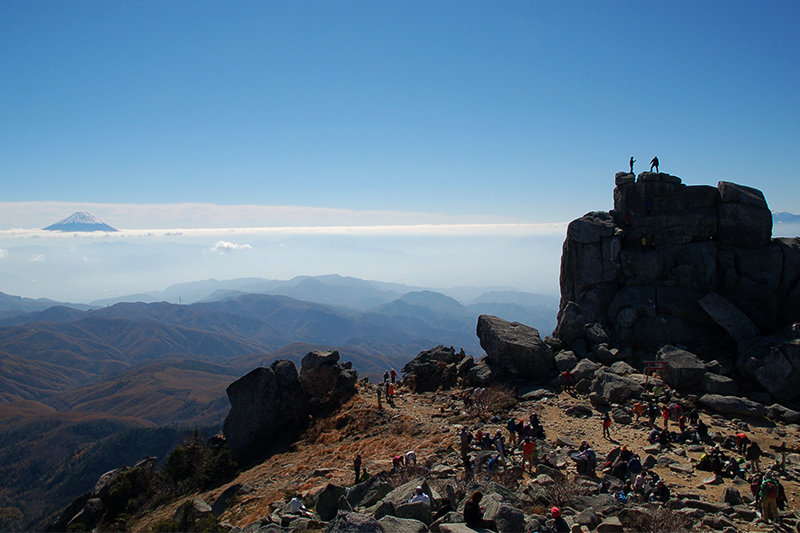

Mt. Kinpu
The highest point is on top of the Gojo-iwa rock. It may create an interesting composition if you incorporate the rock in the foreground rather than climbing it to take your photo.
Distance from Mt. Fuji : about 57.4km
Highest Point : 2599m
Duration : 1Day / 8.5Hours
Fitness Level : ★★☆☆☆
Best conditions to get the view of Mt. Fuji
Best conditions
to get the view of Mt. Fuji
The view from the summit may not be clear even if the weather was fine when you hiked the mountain. Moreover, Mt. Fuji itself must be free of clouds and fog. Confirm the season and time of day that has the higher possibility of a view of Mt. Fuji.
The season between October and February offers a higher possibility of a clear view of Mt. Fuji.
The season between October and February offers a higher possibility of a clear view of Mt. Fuji.
The possibility of getting a clear view of Mt. Fuji is higher from October to February. Lower temperatures decrease the moisture content in the air, providing a clearer view of things faraway. However, the degree of risk also rises during the winter season due to snowfall and freezing, depending on the mountains. Make sure to research information regarding the mountain and weather, and plan ahead when hiking.
Conversely, be aware that Mt. Fuji is rarely visible between June and August. During this season, even if the sky is clear when you are hiking, the view of Mt. Fuji may be obstructed by factors such as clouds, fog or pollen.
Morning is the best time of the day for a clear view of Mt. Fuji
Morning is the best time of the day for a clear view of Mt. Fuji
Morning, when the air is at its clearest during the day, is the most favorable time for getting a clear view of Mt. Fuji. It will be hard to get a distant view after 10:00 AM. Therefore, it would be best to start hiking early and reach the summit around 8:00 AM. Make sure to prepare for the cold, since the higher the elevation the lower the temperature gets.
Cookies
In order to access this site, you need to agree to the use of cookies.

